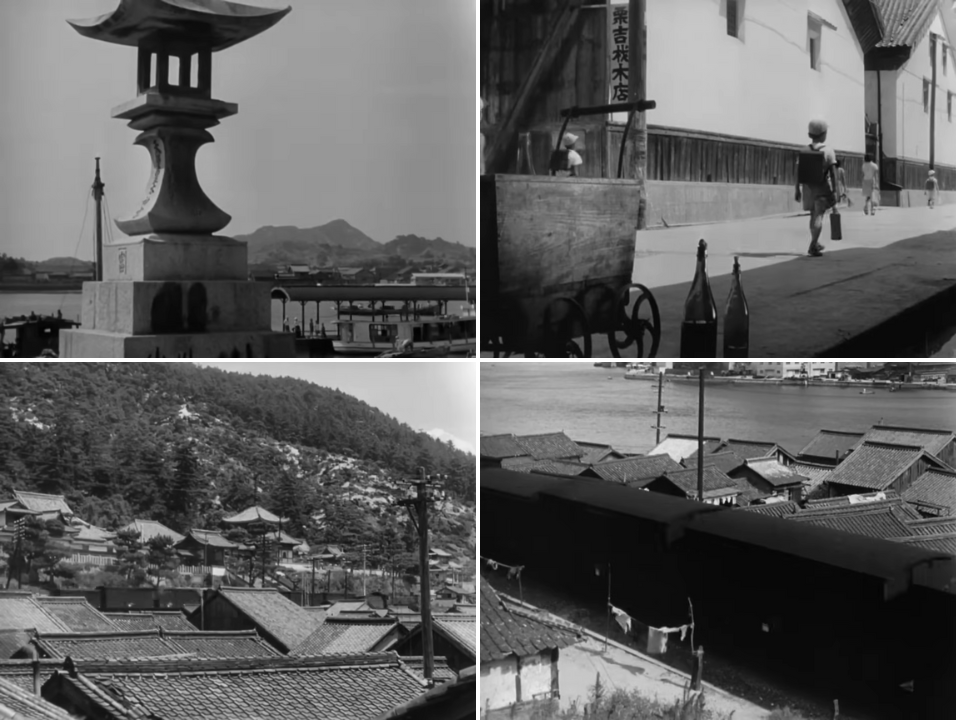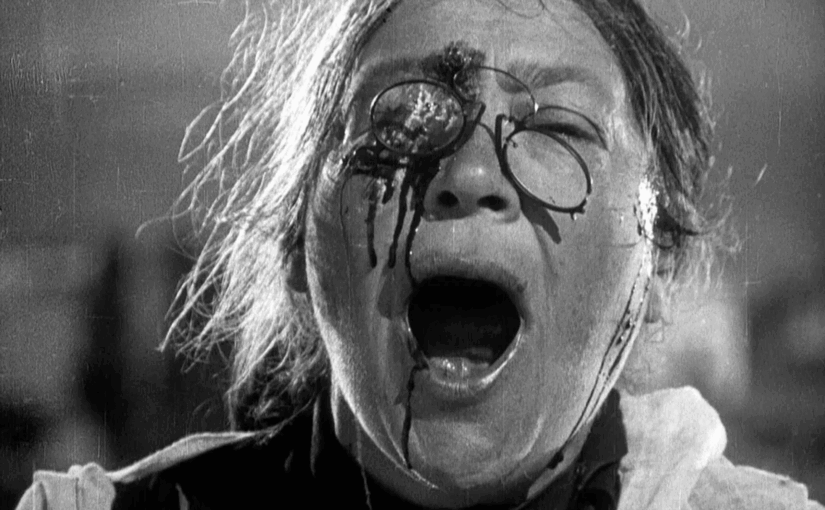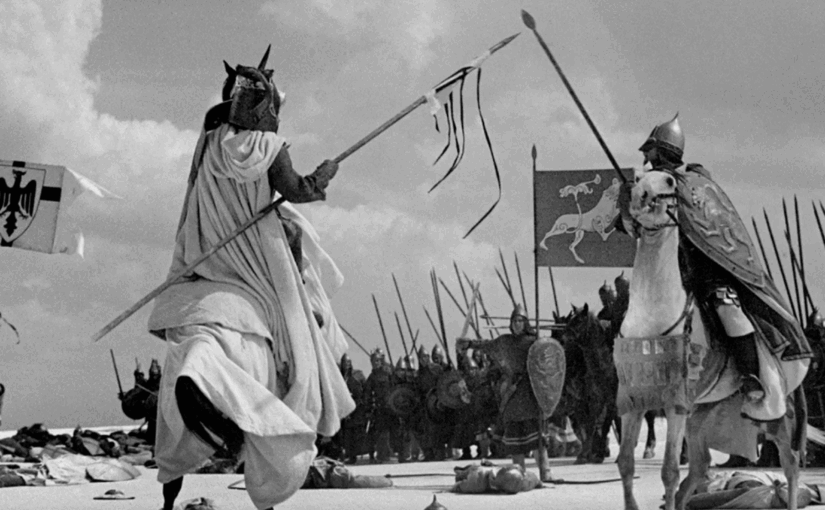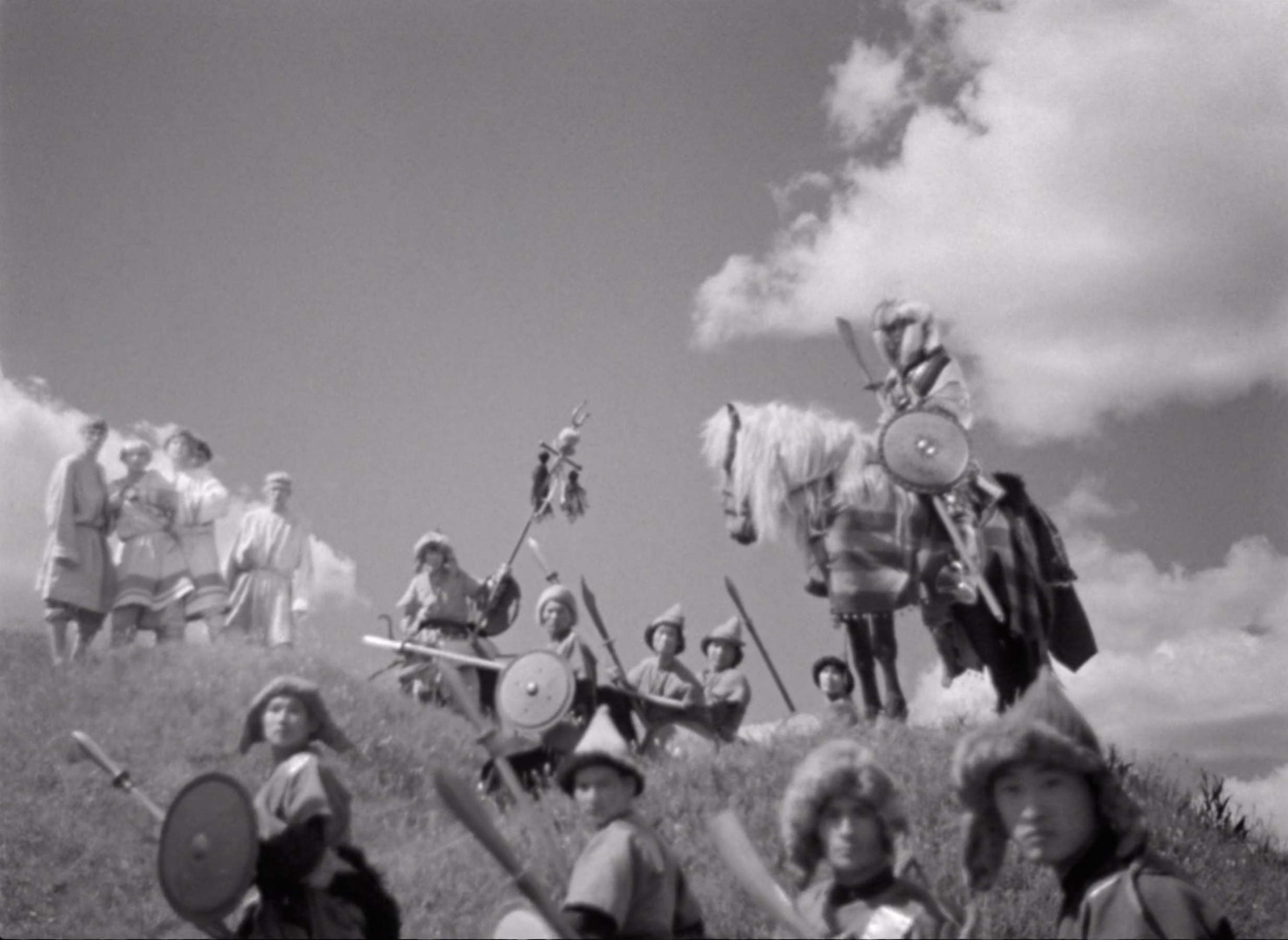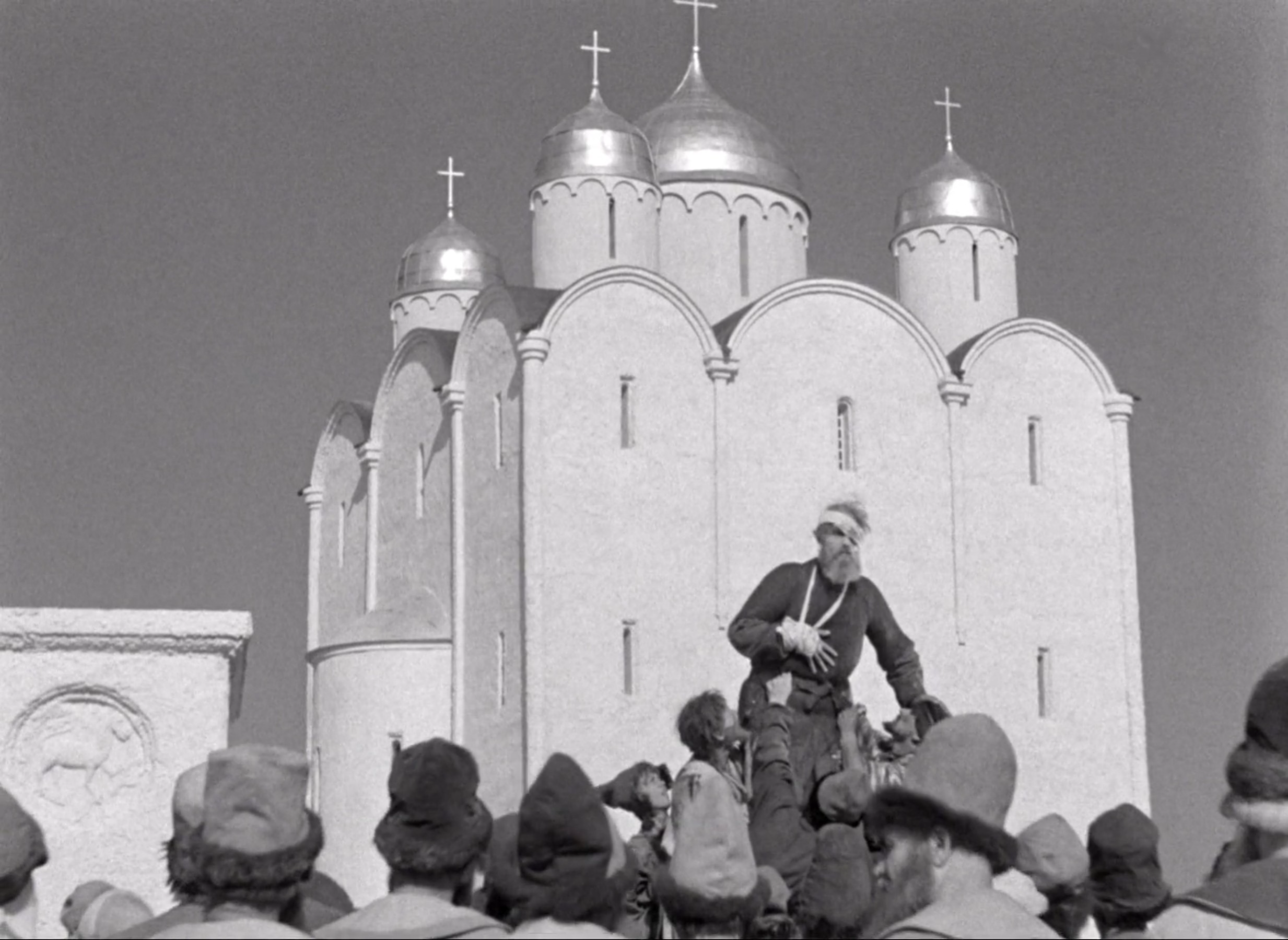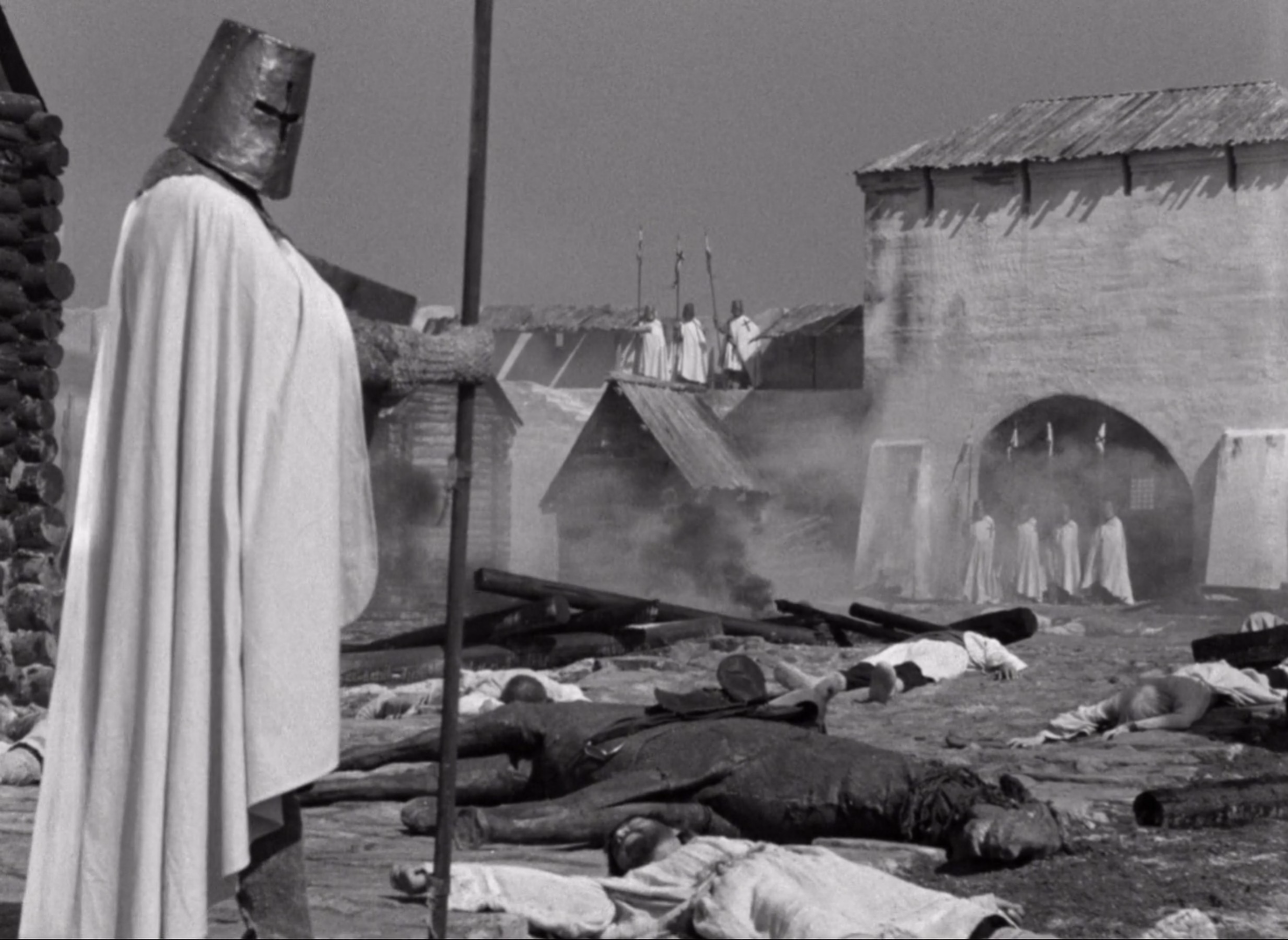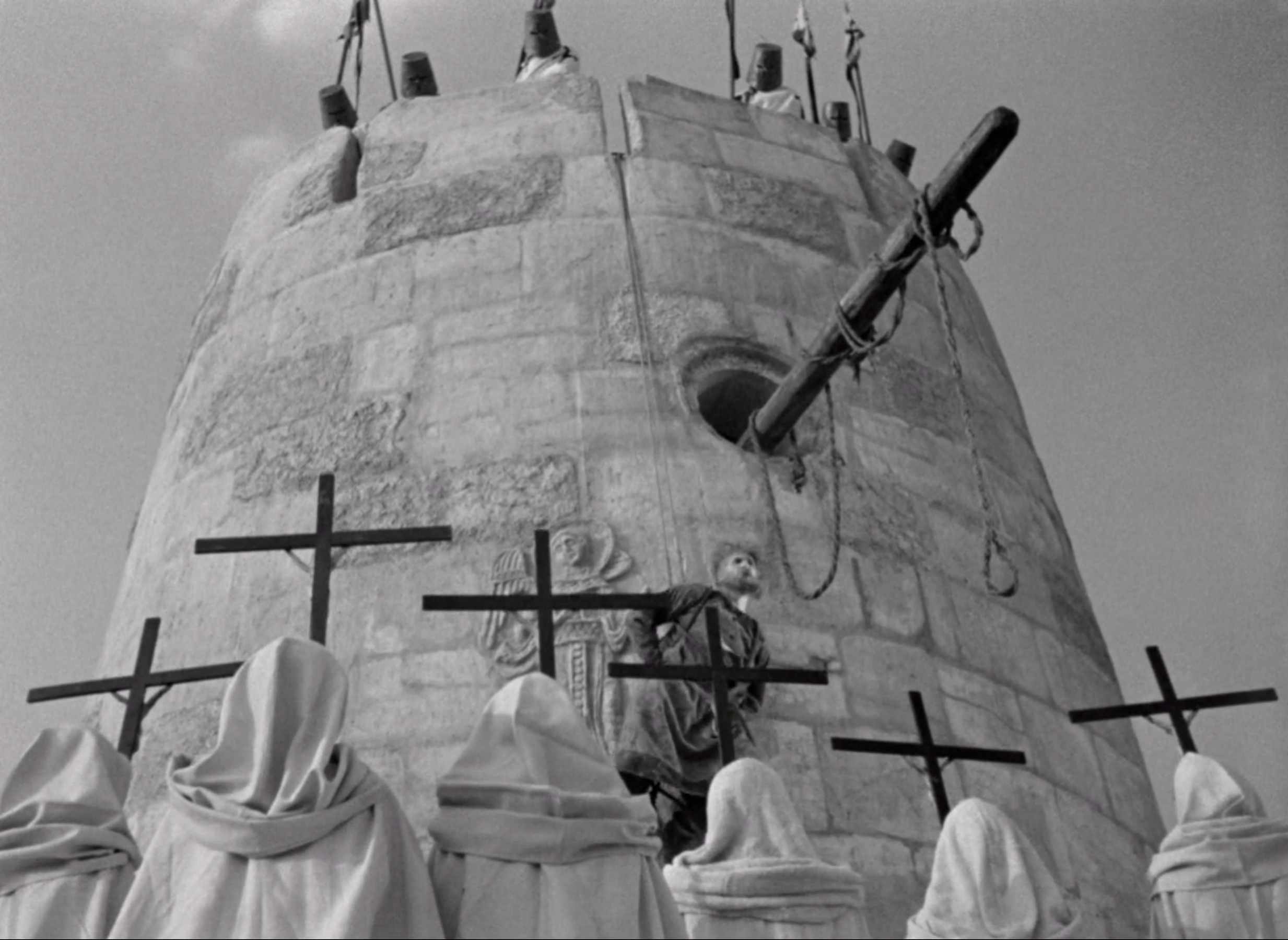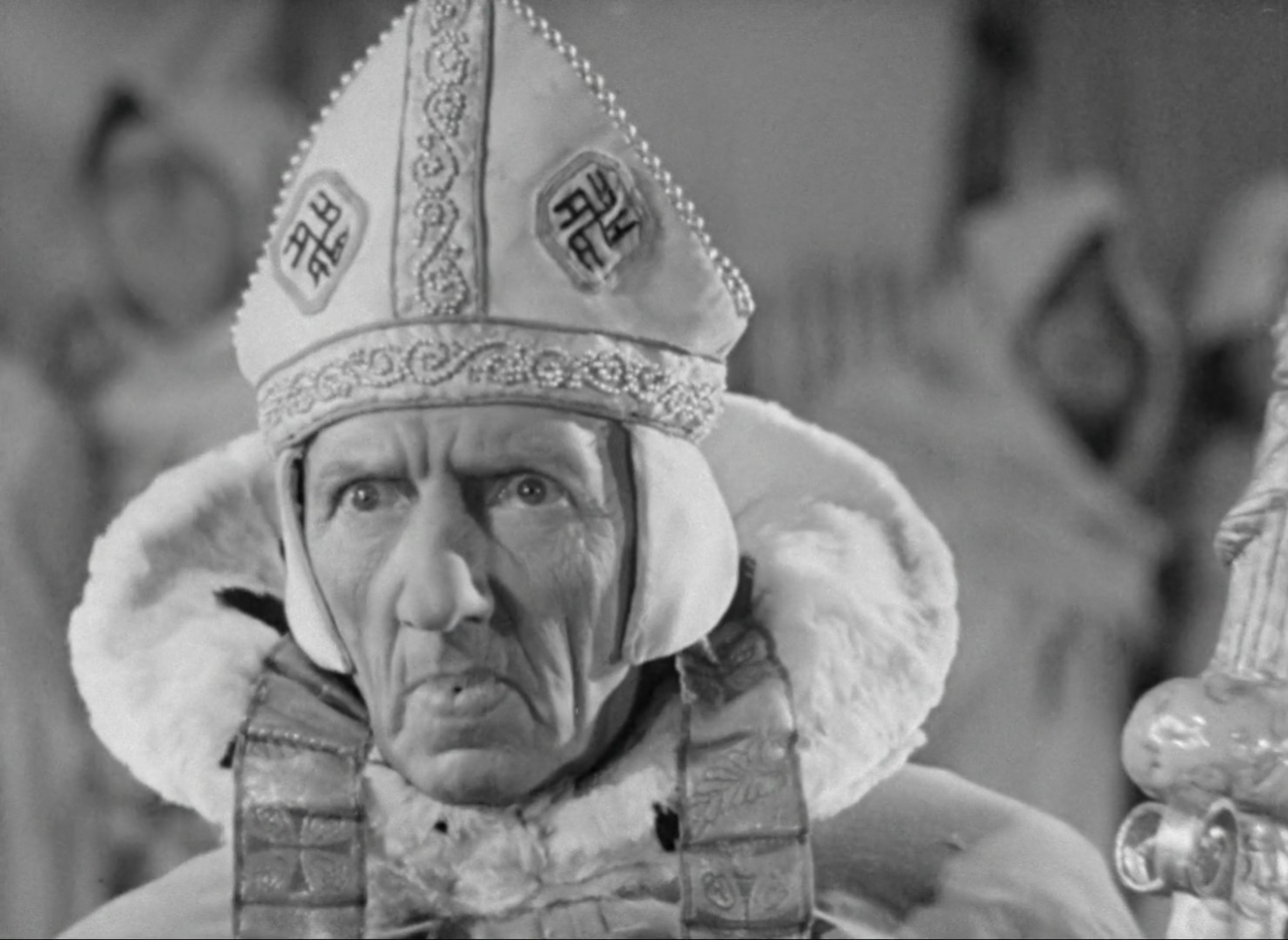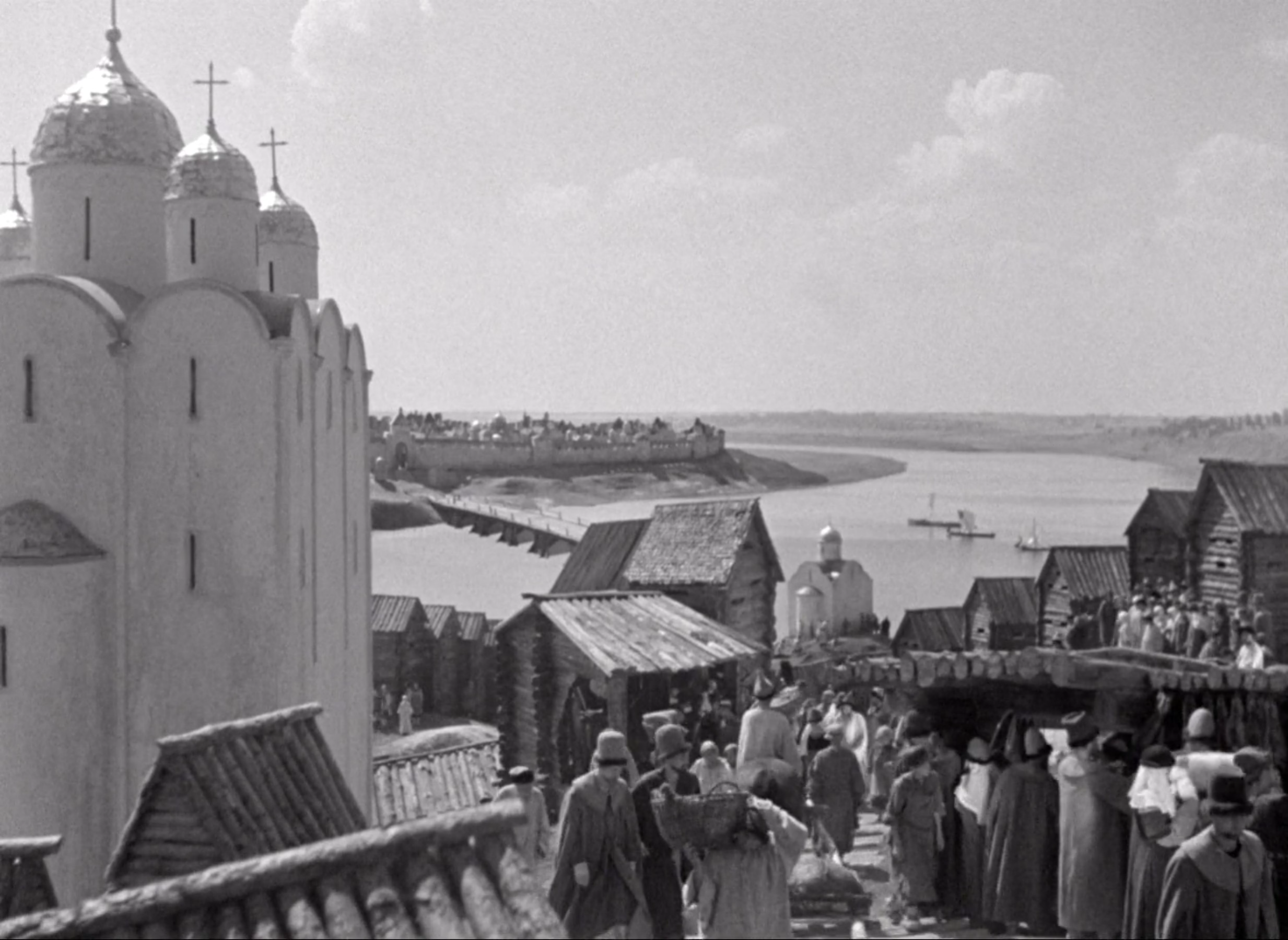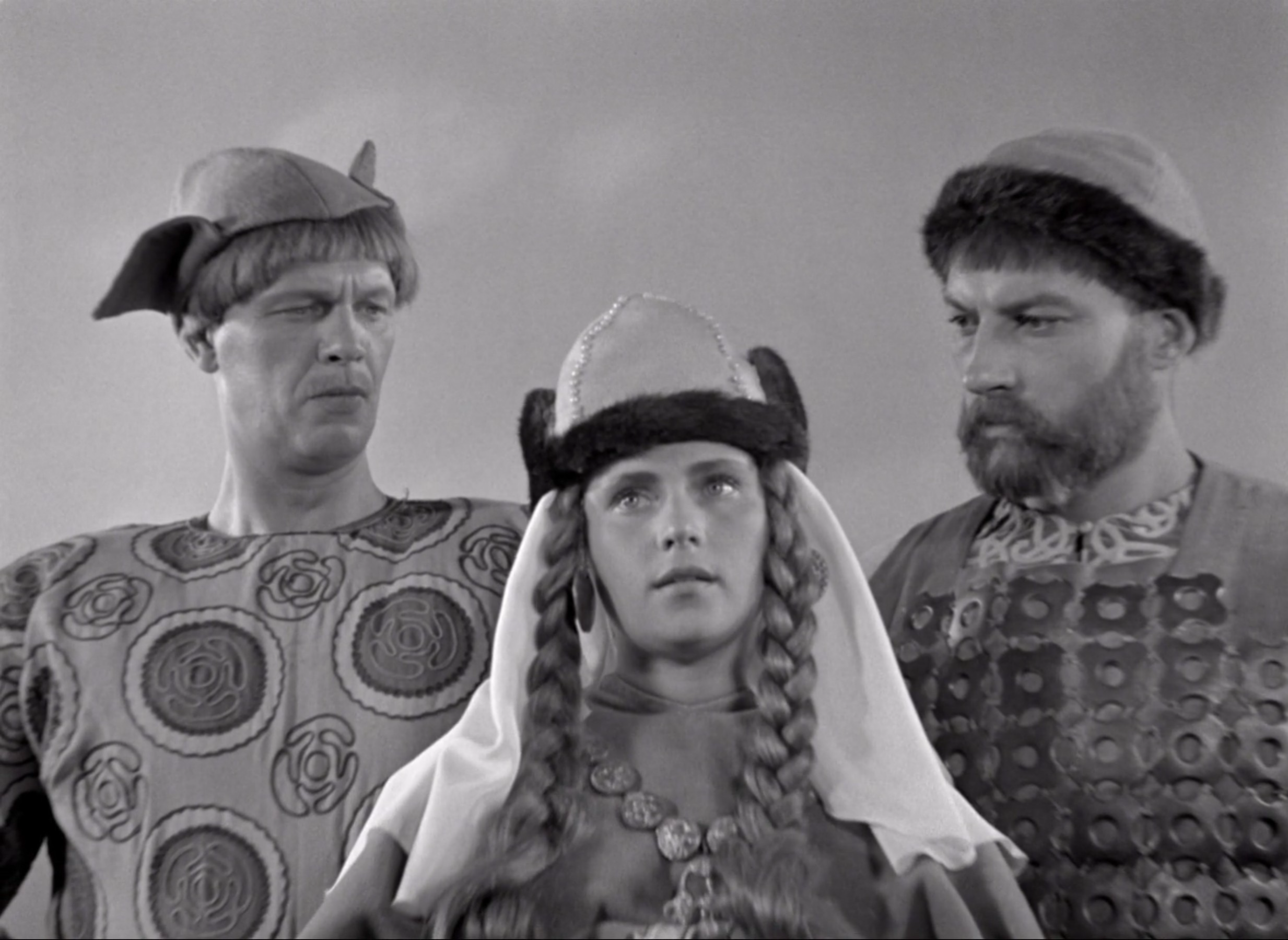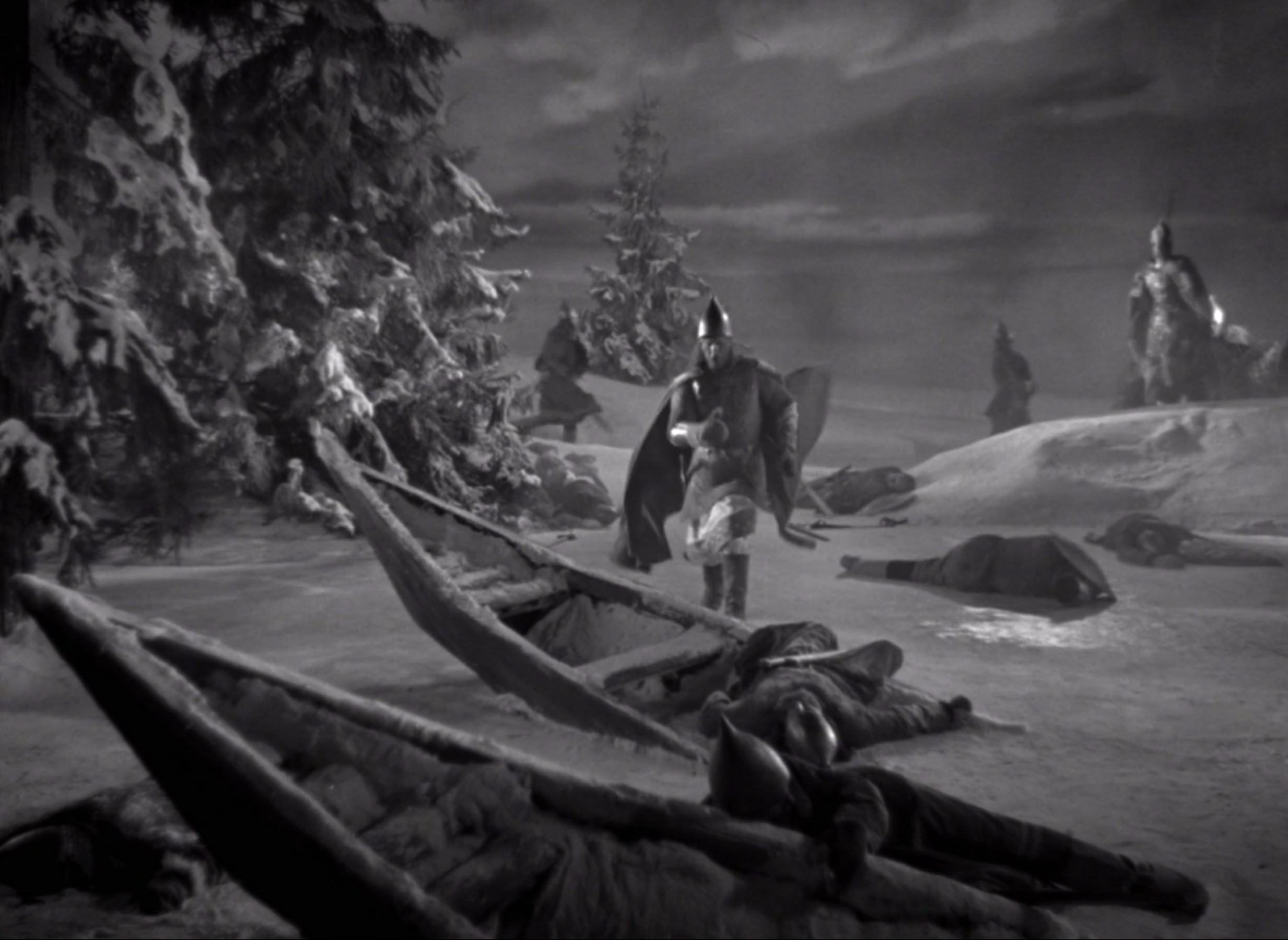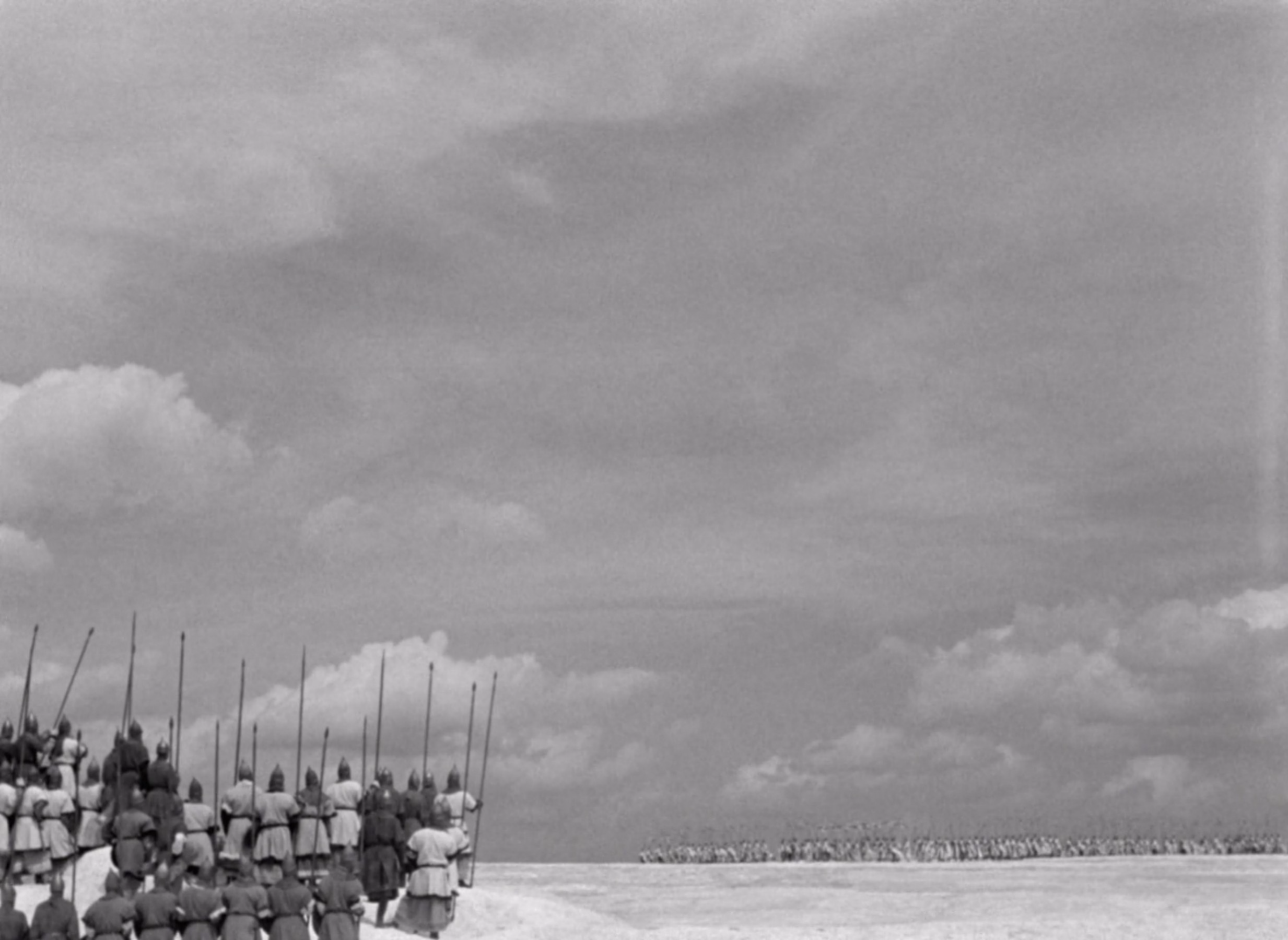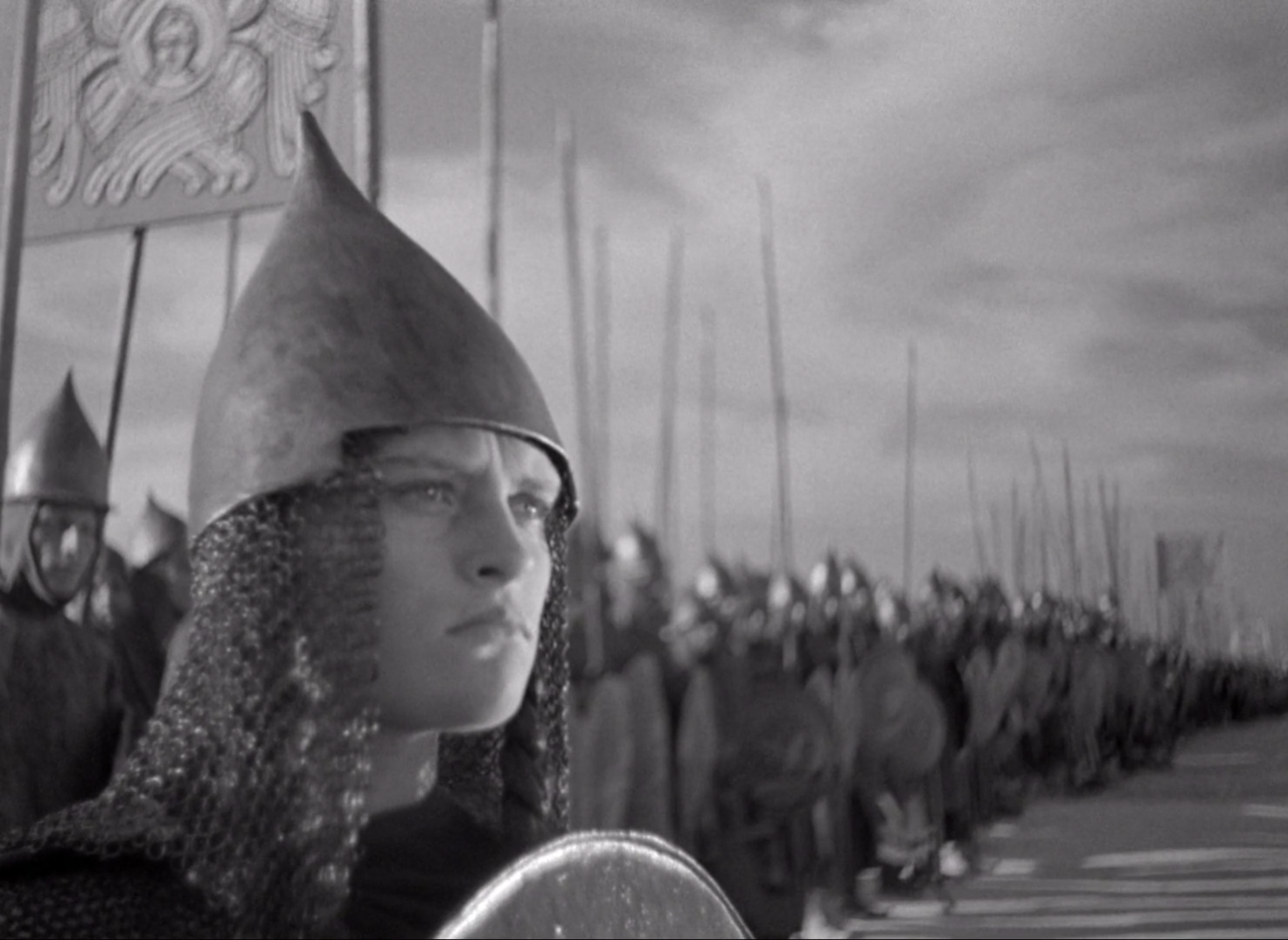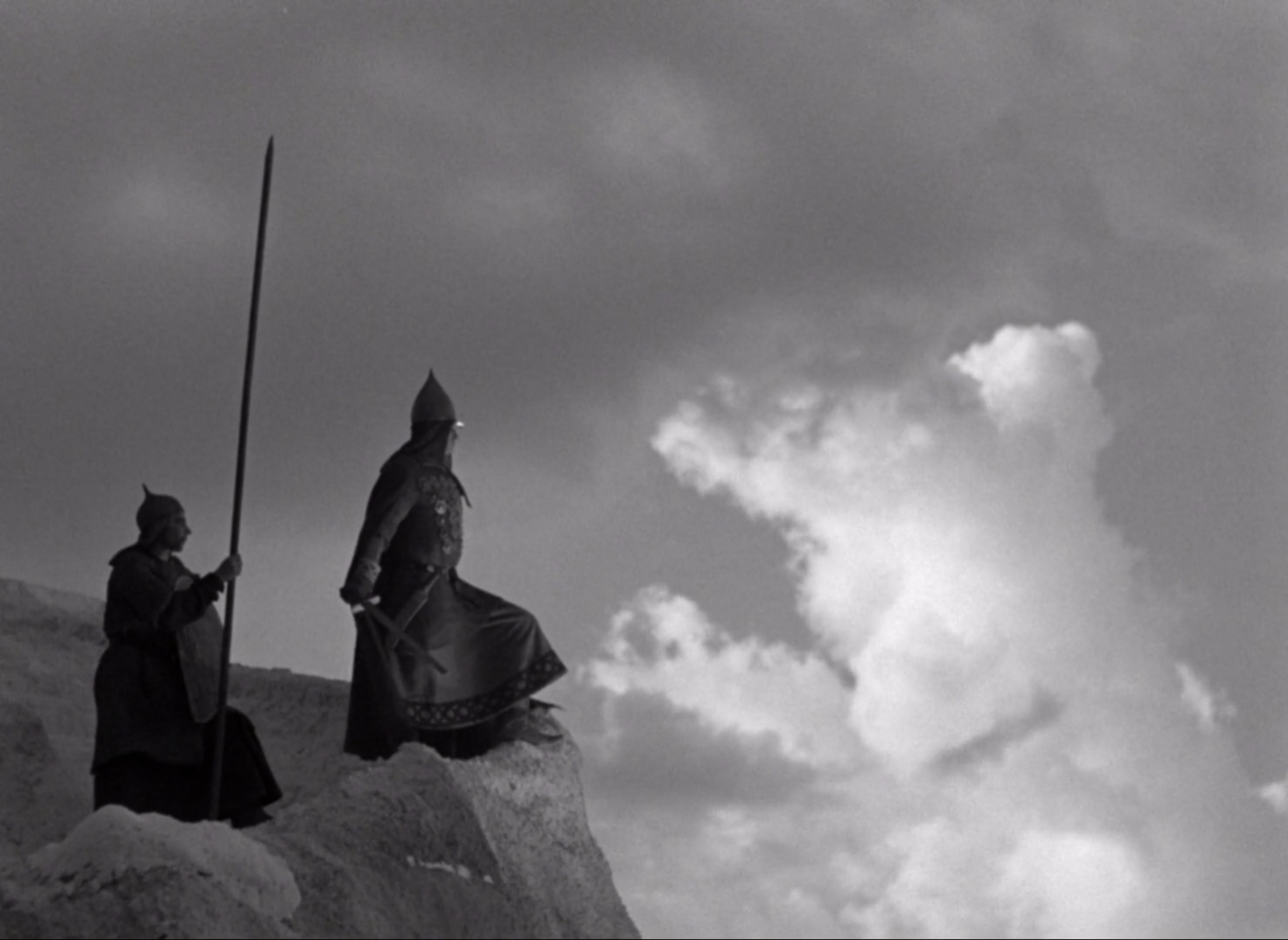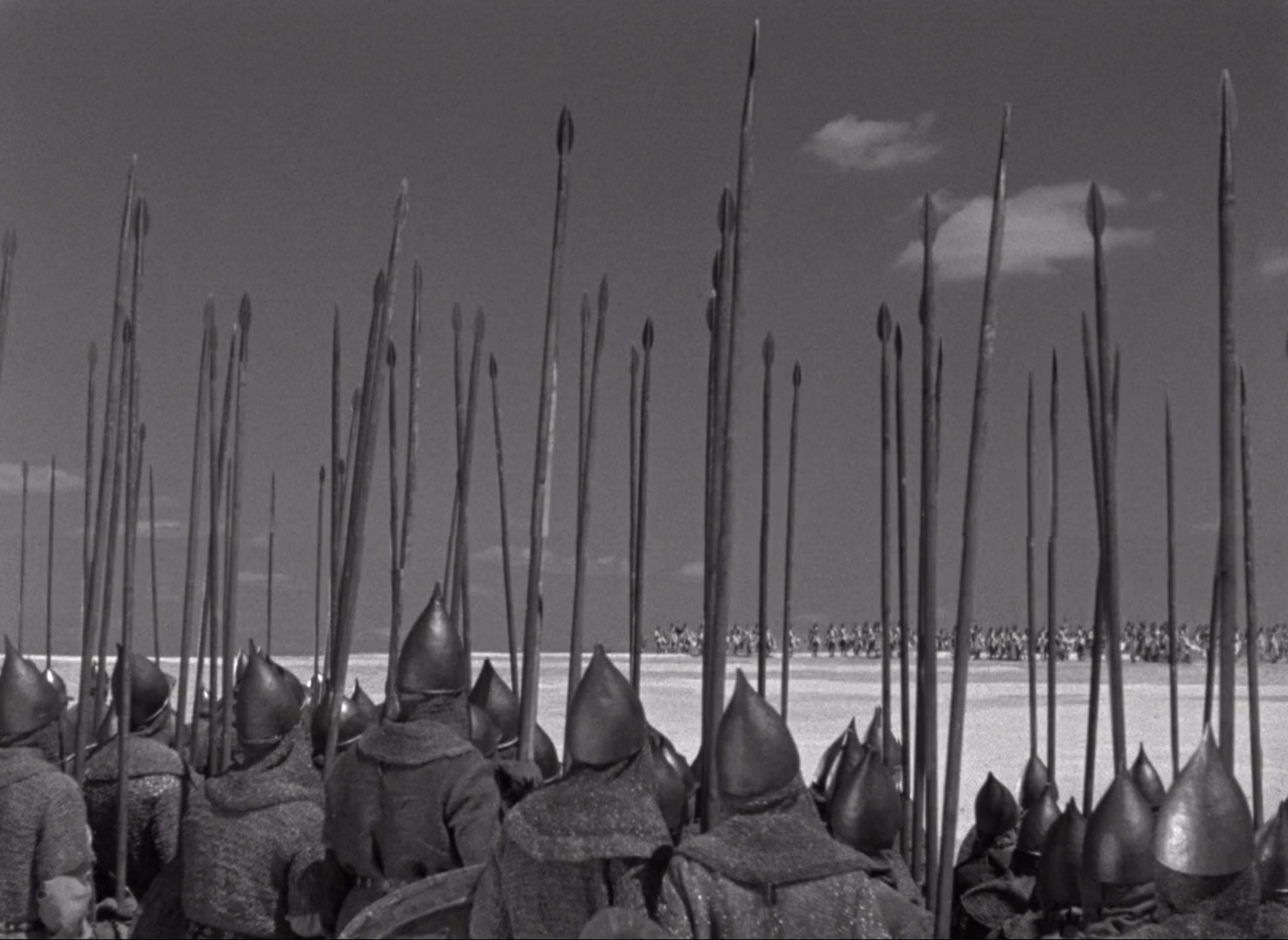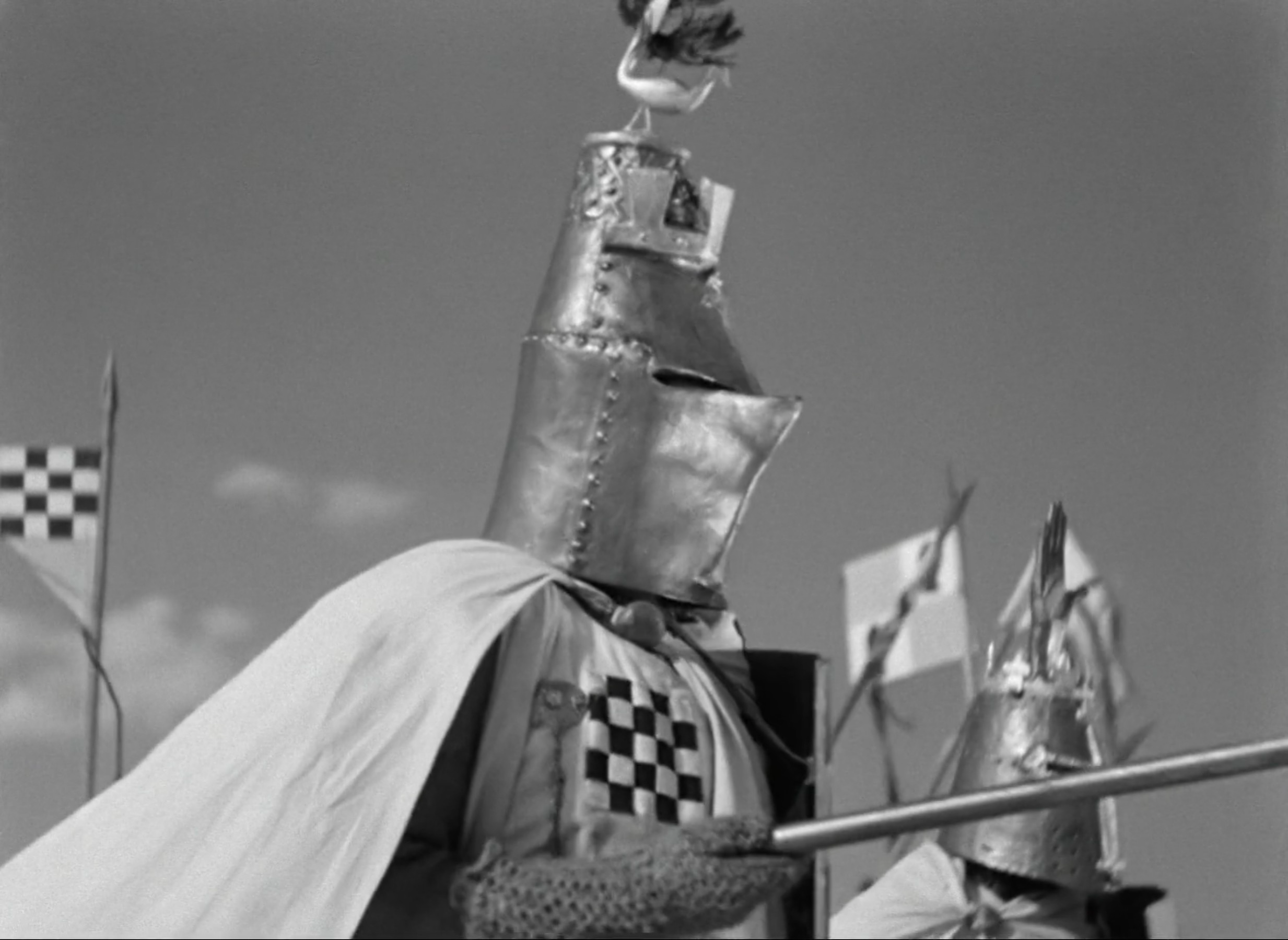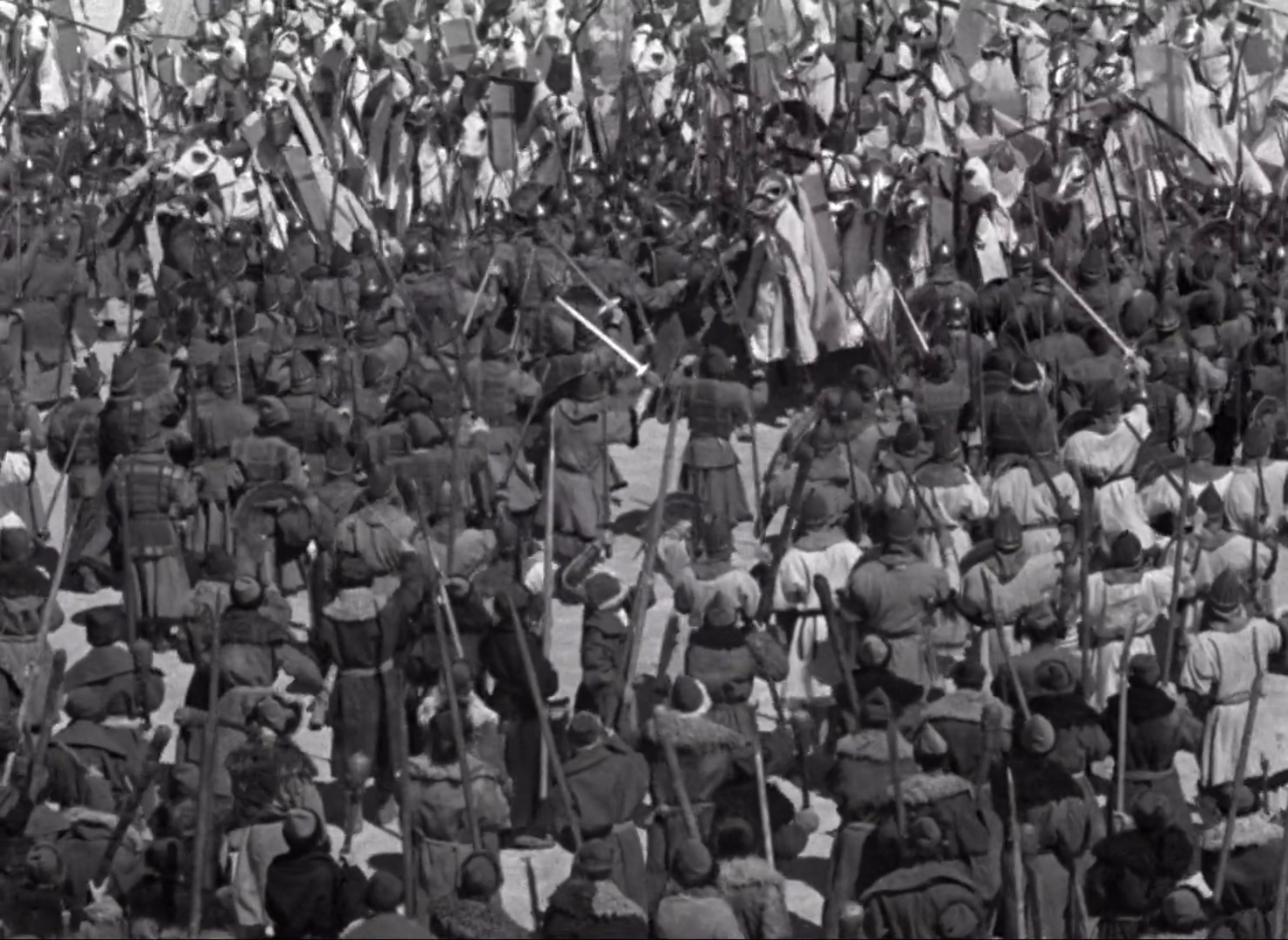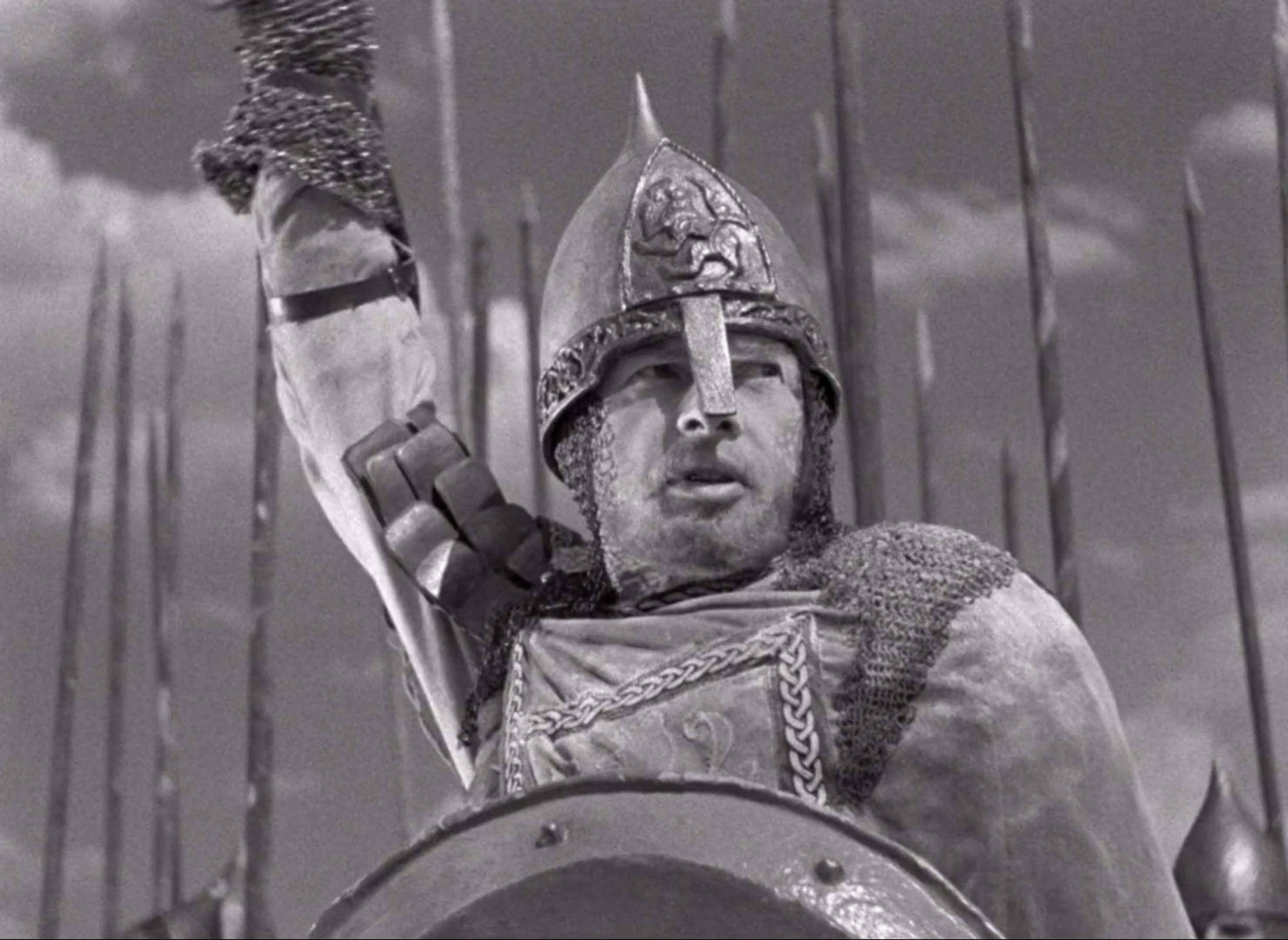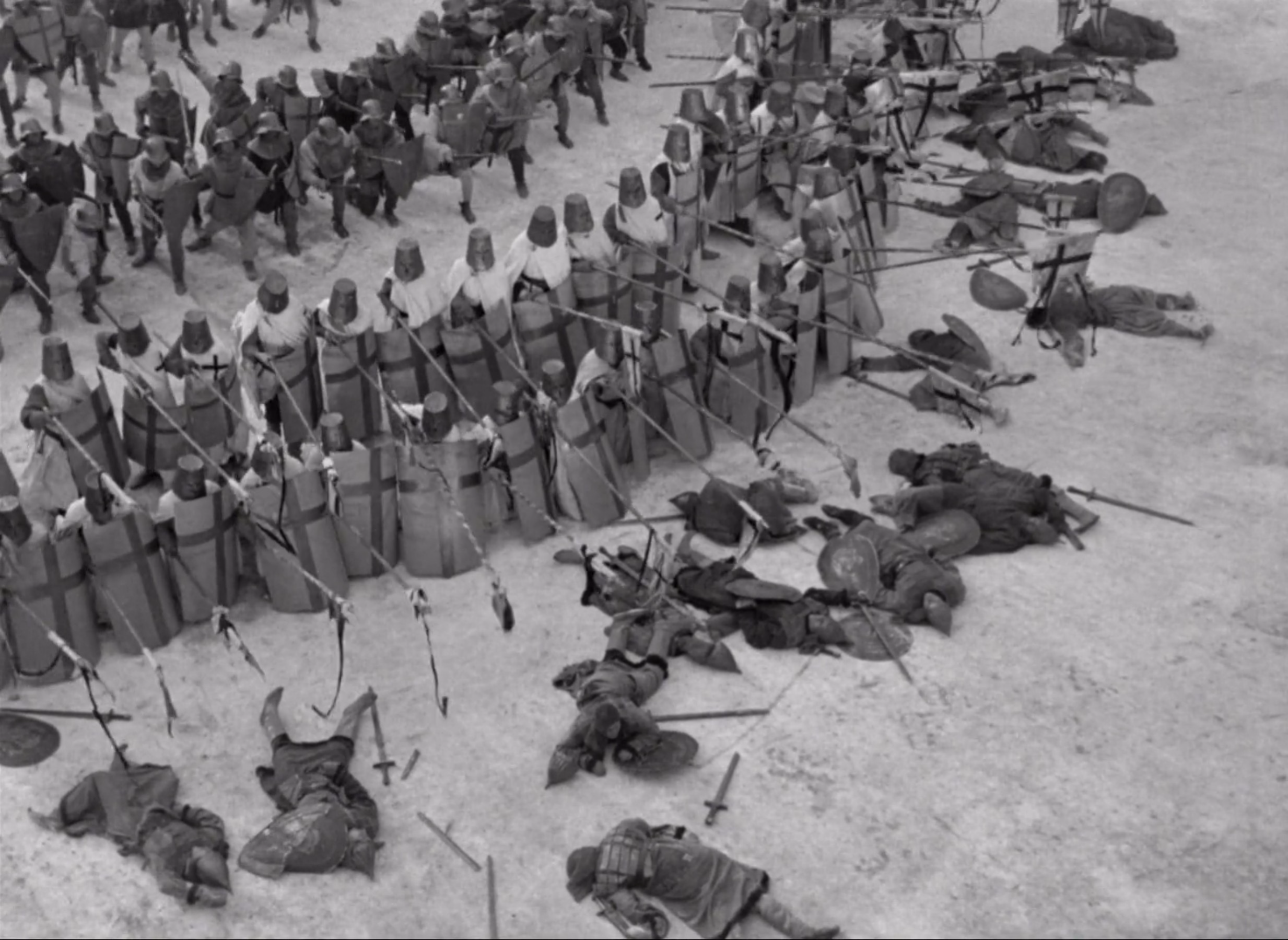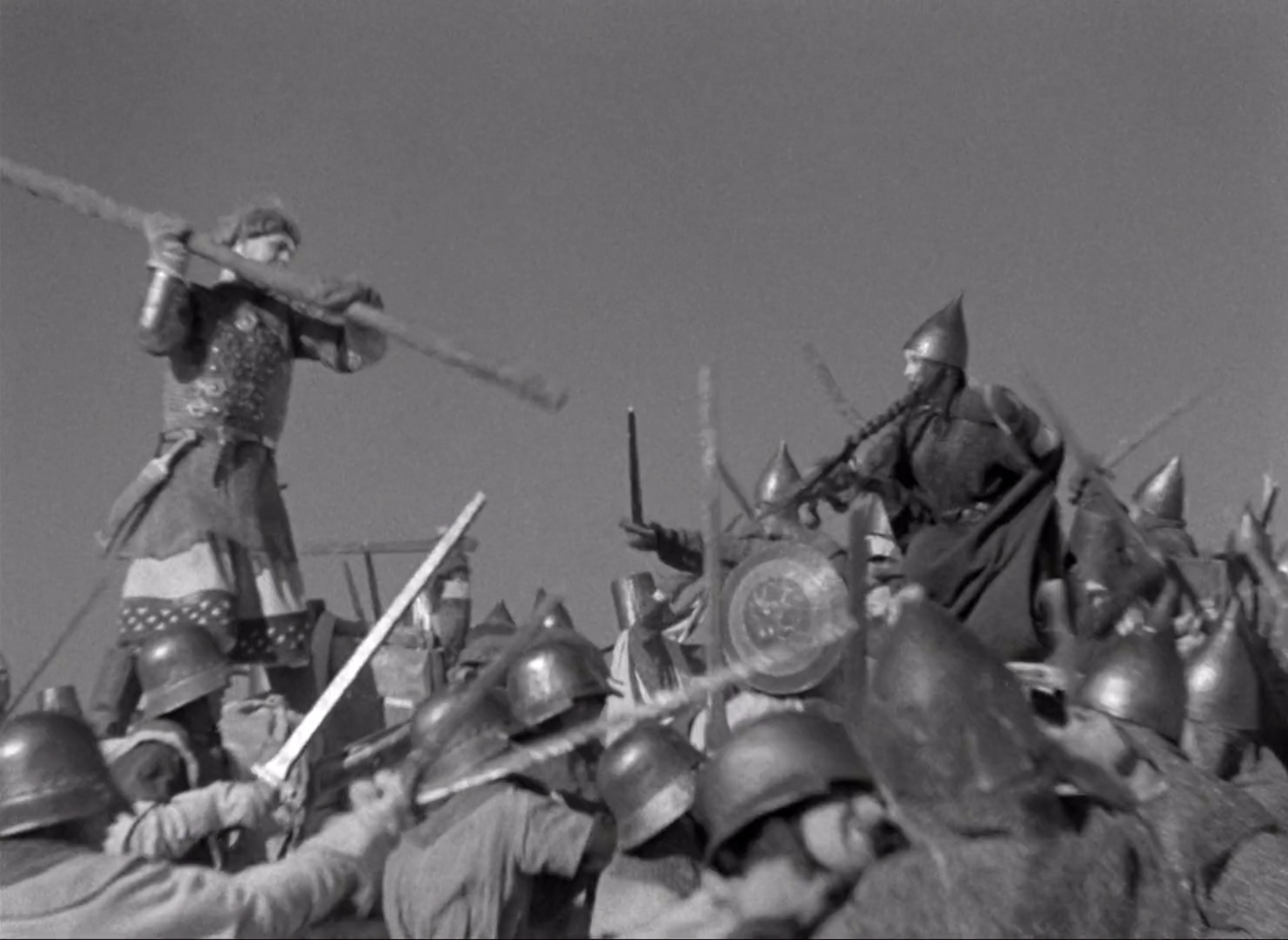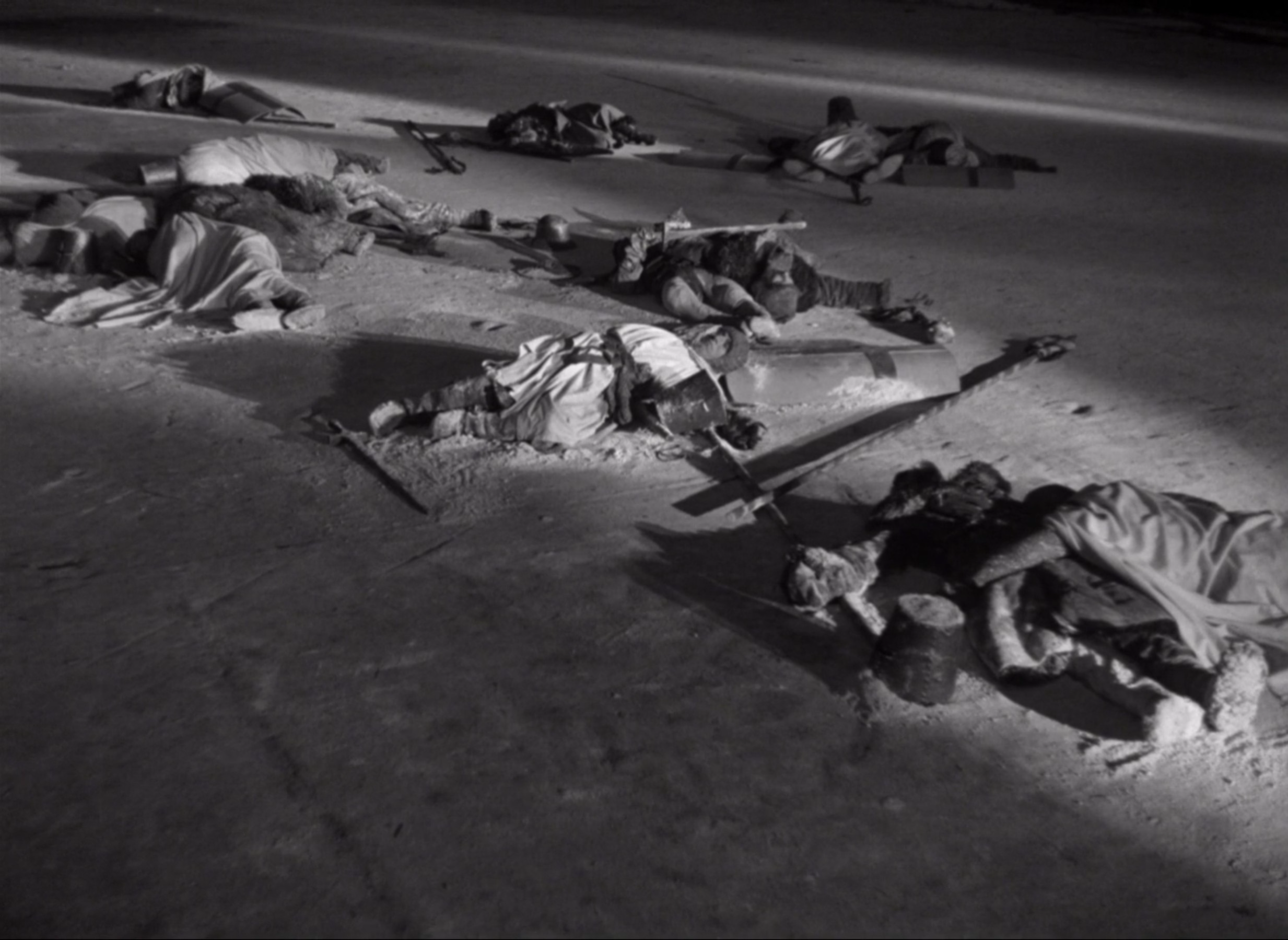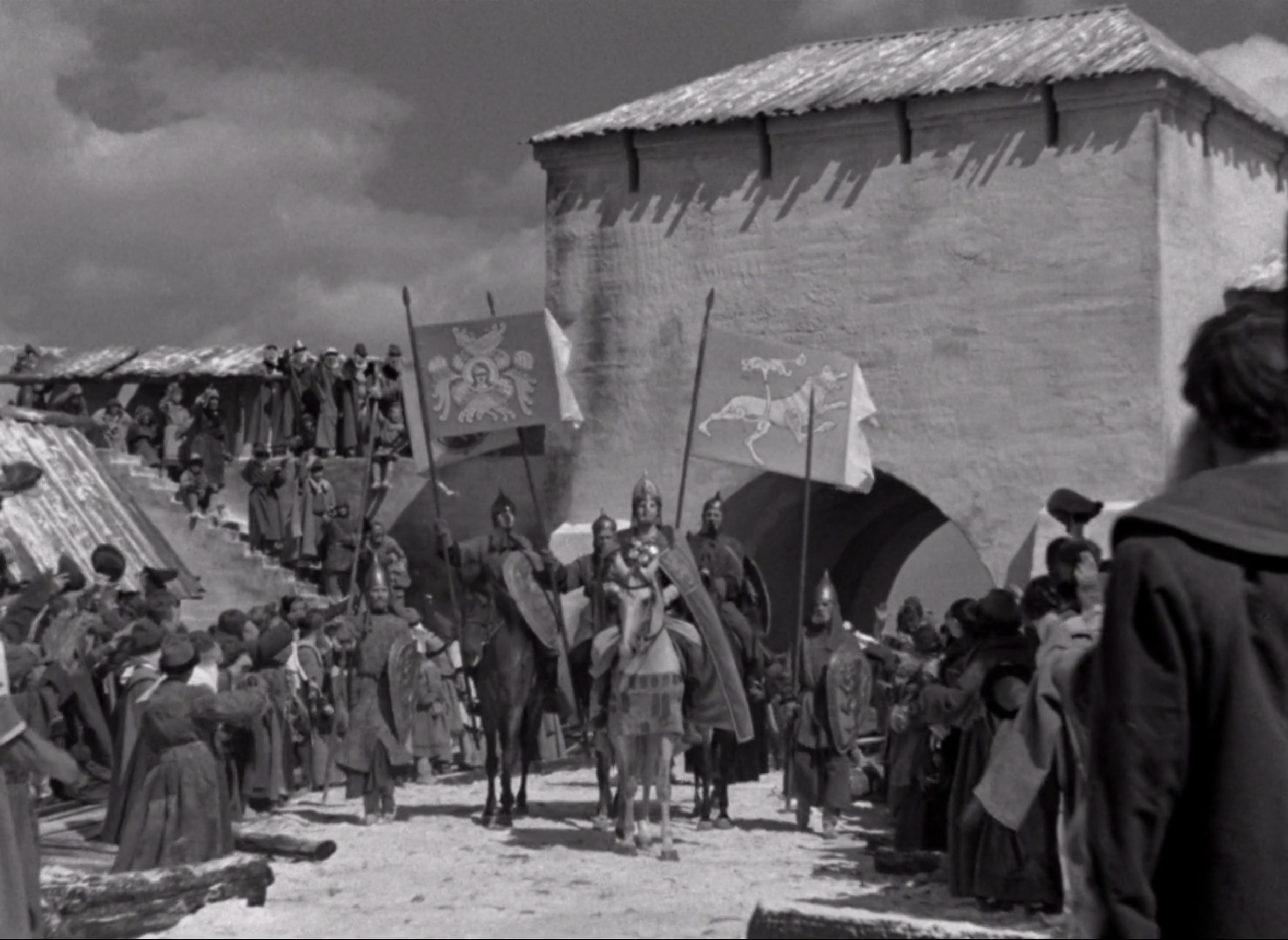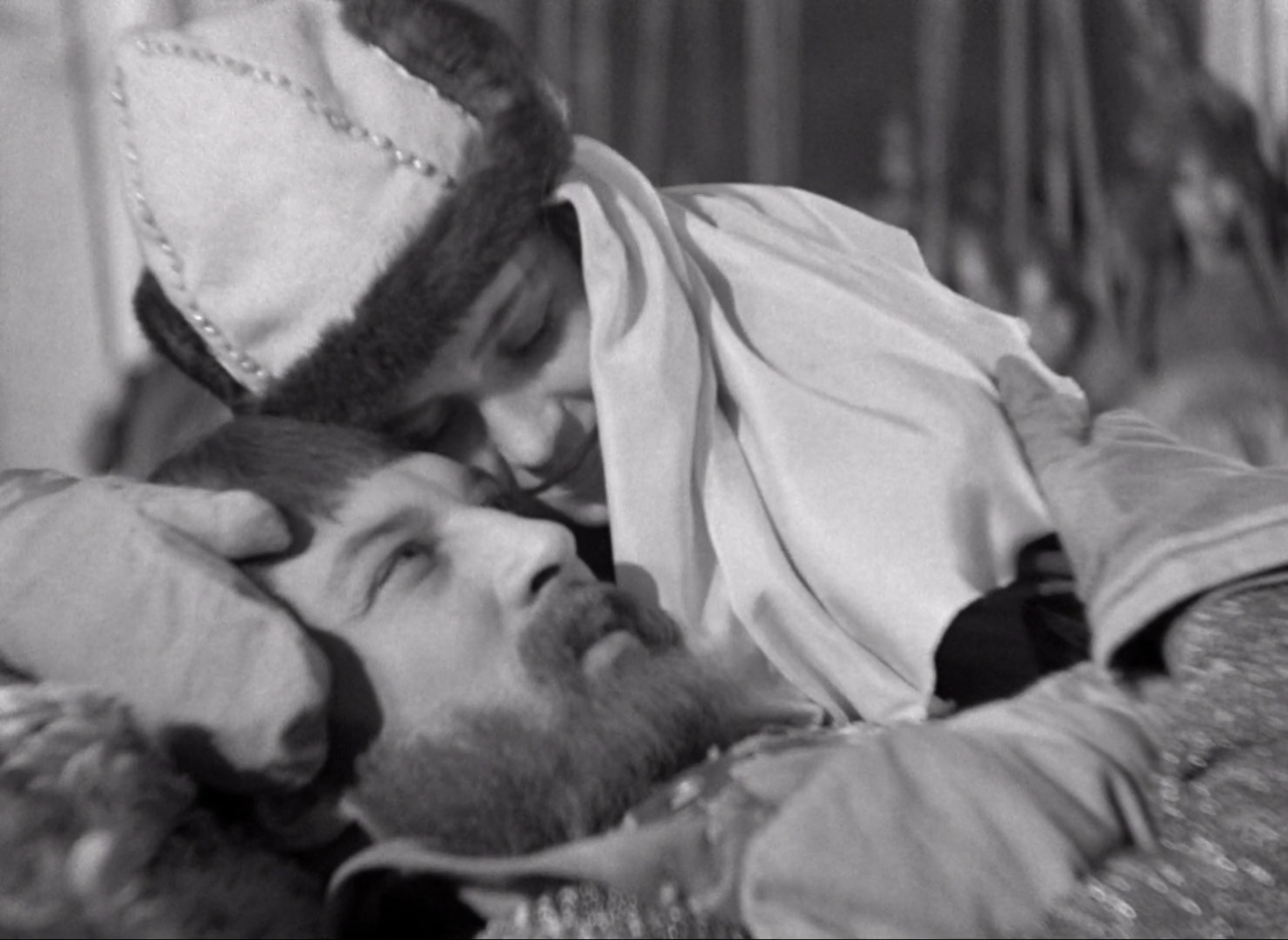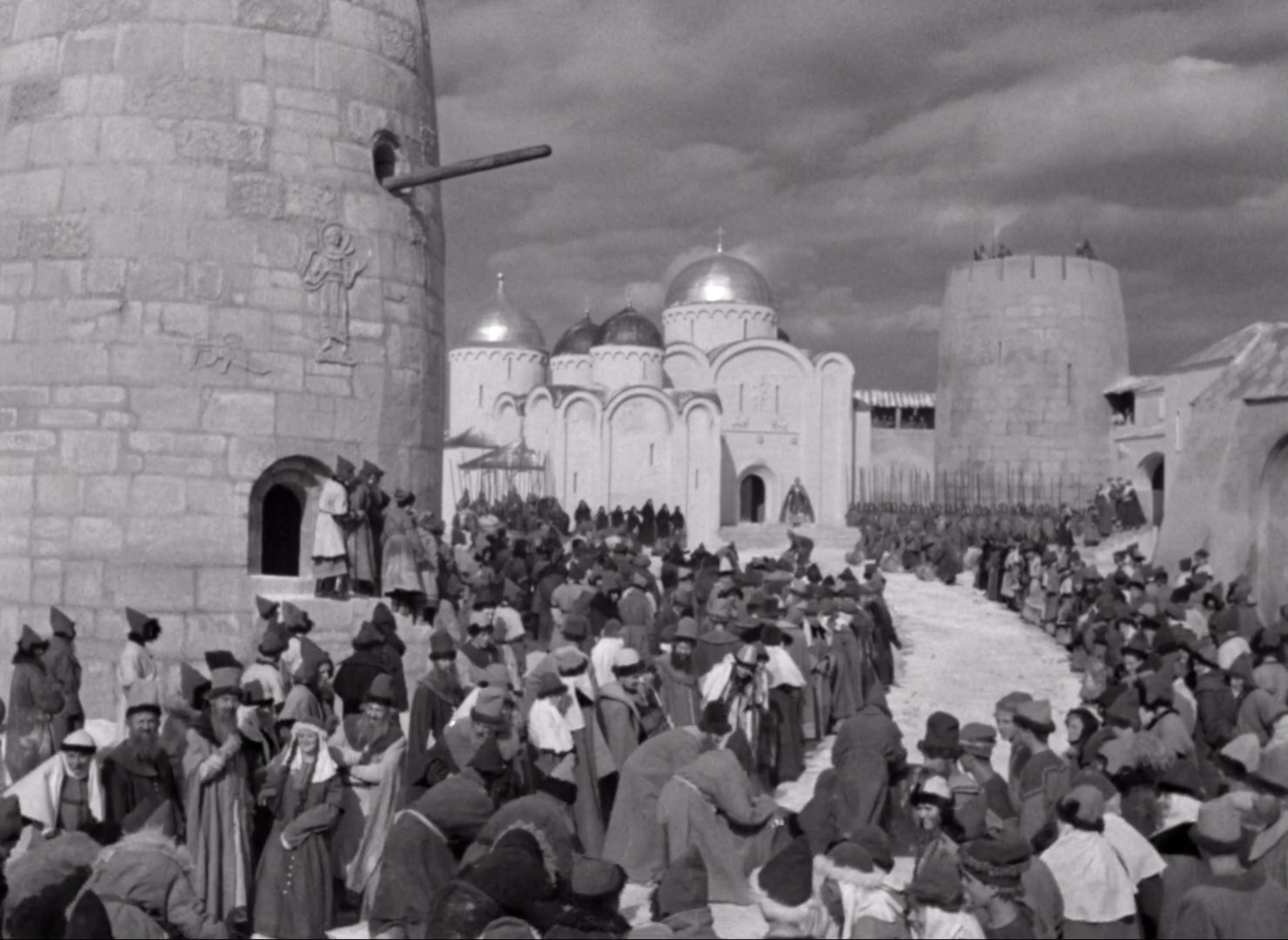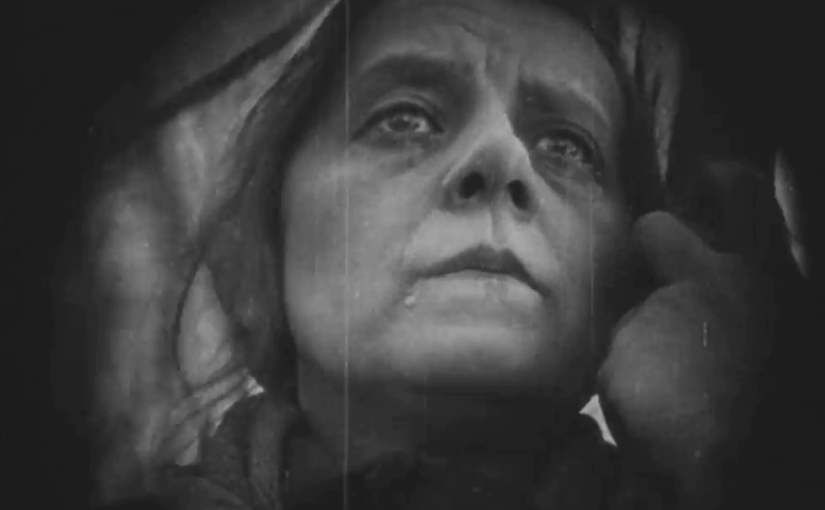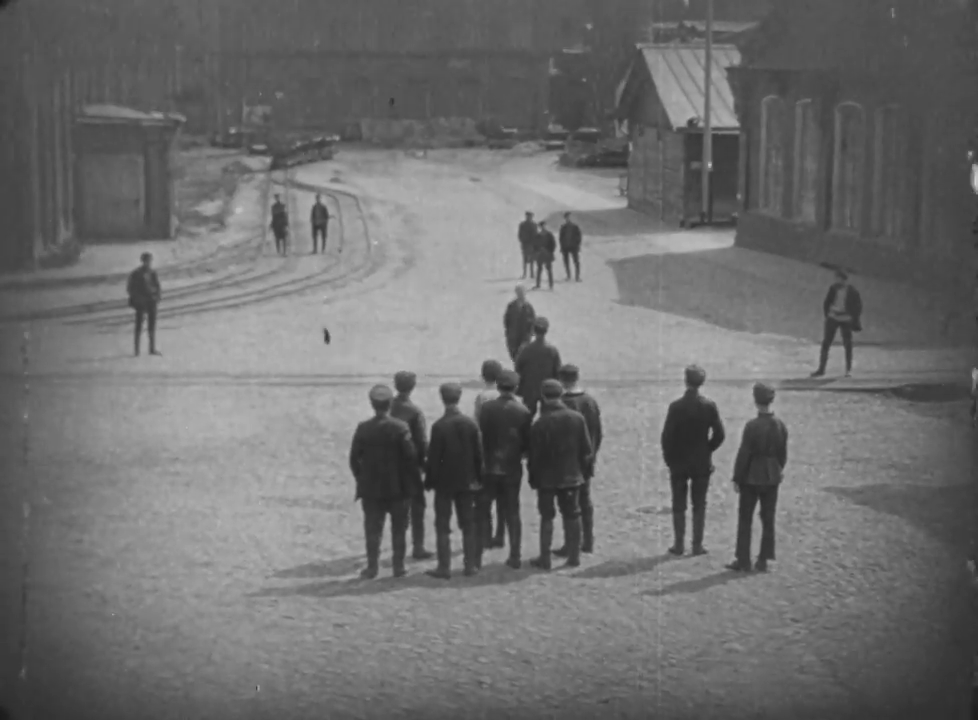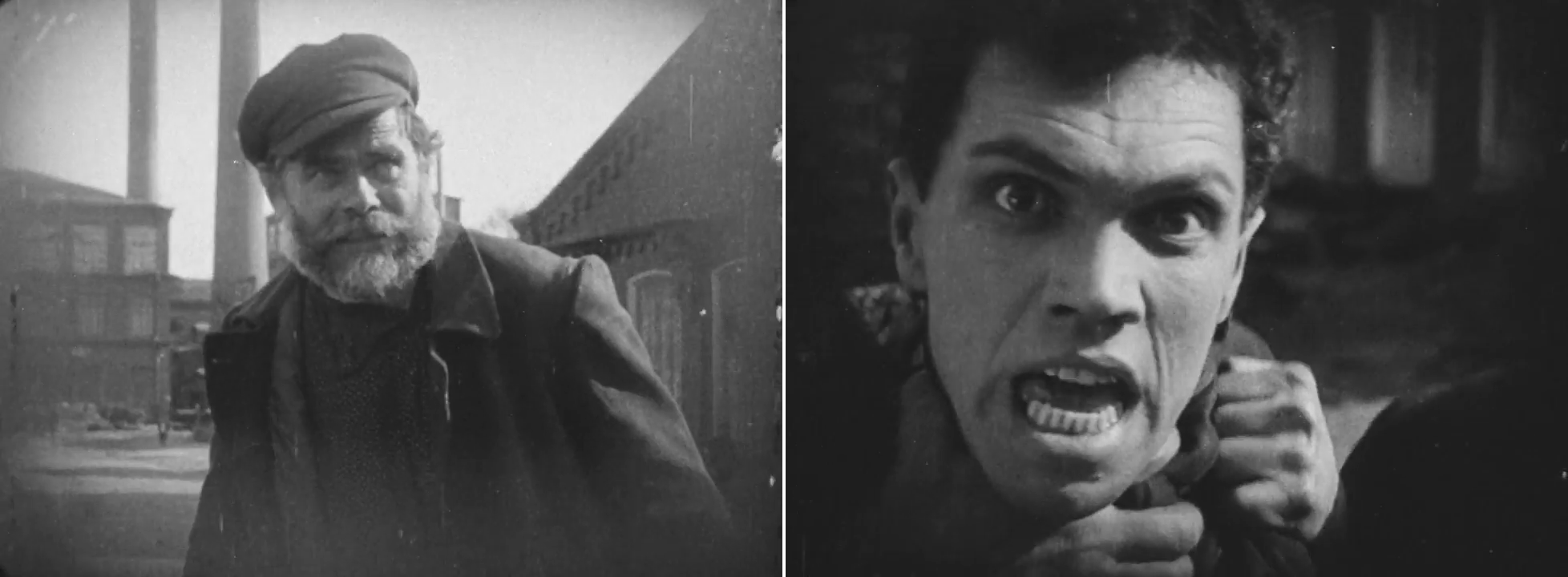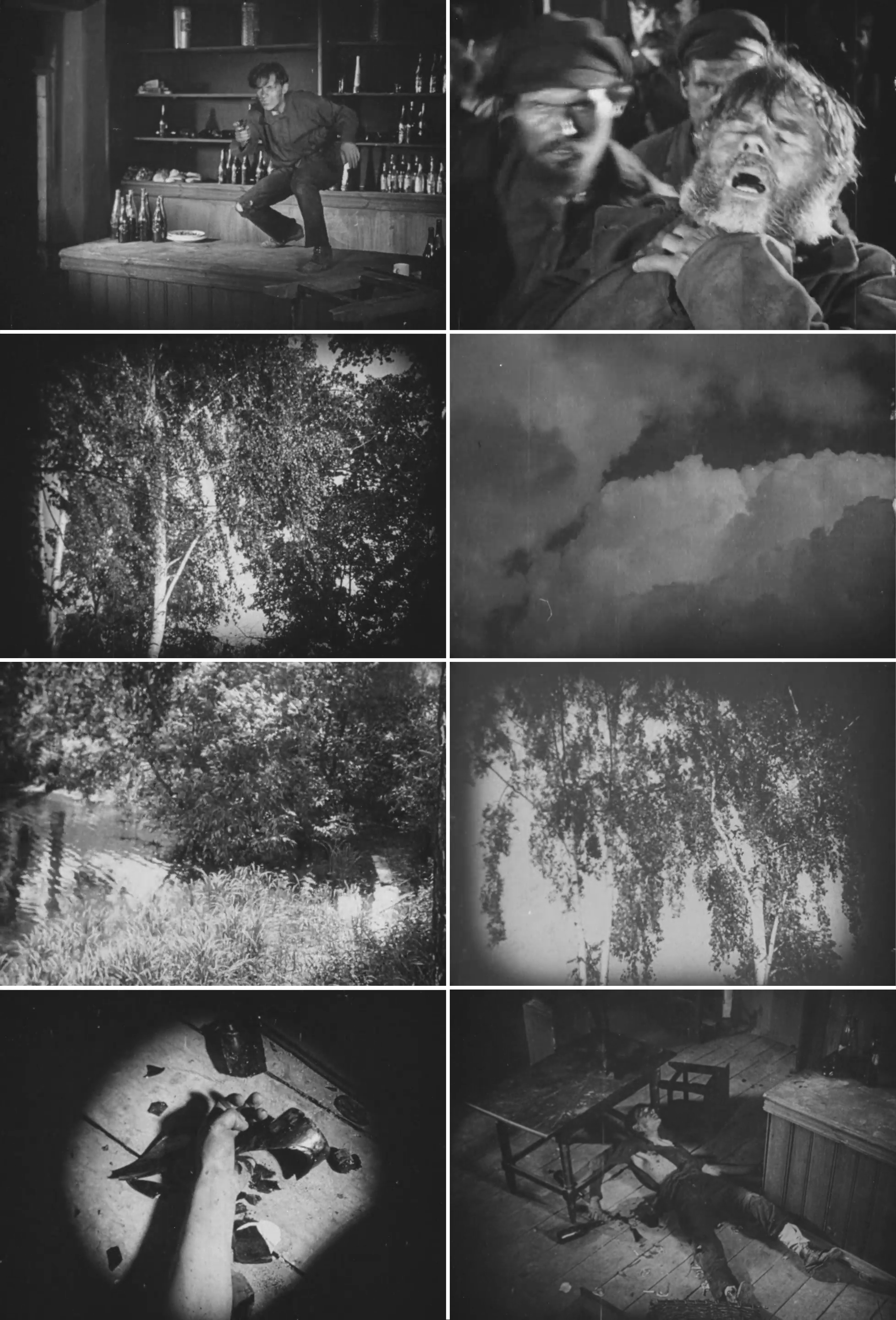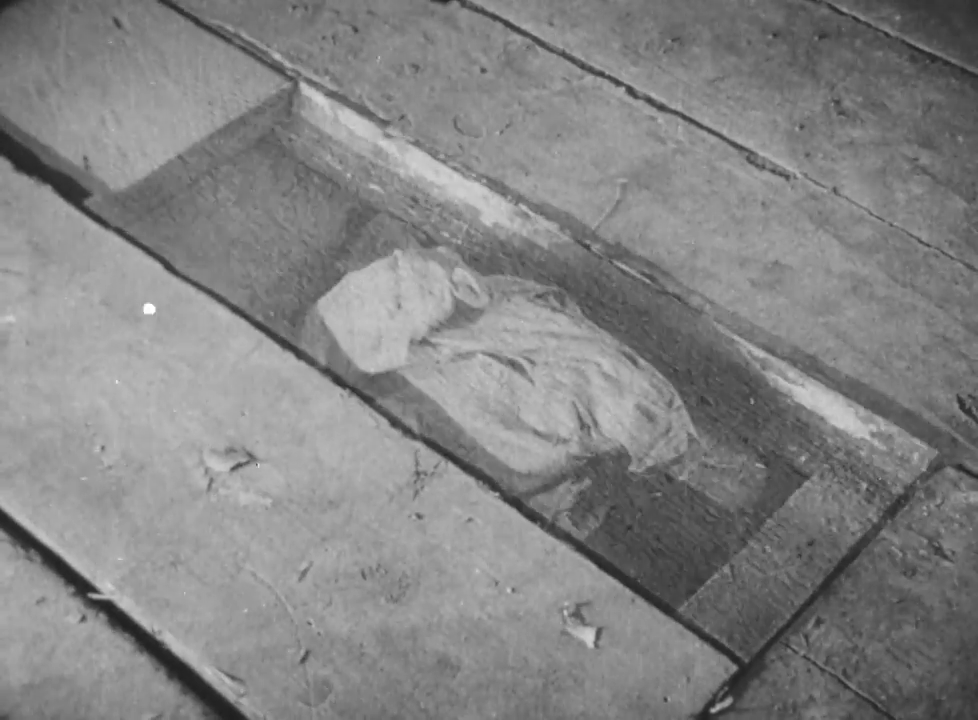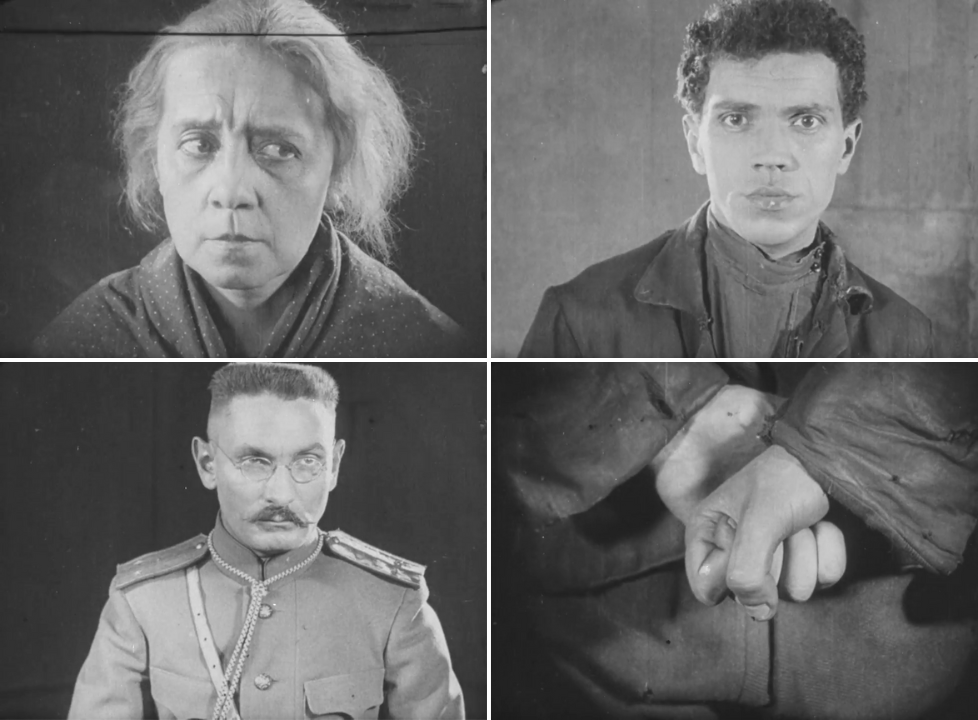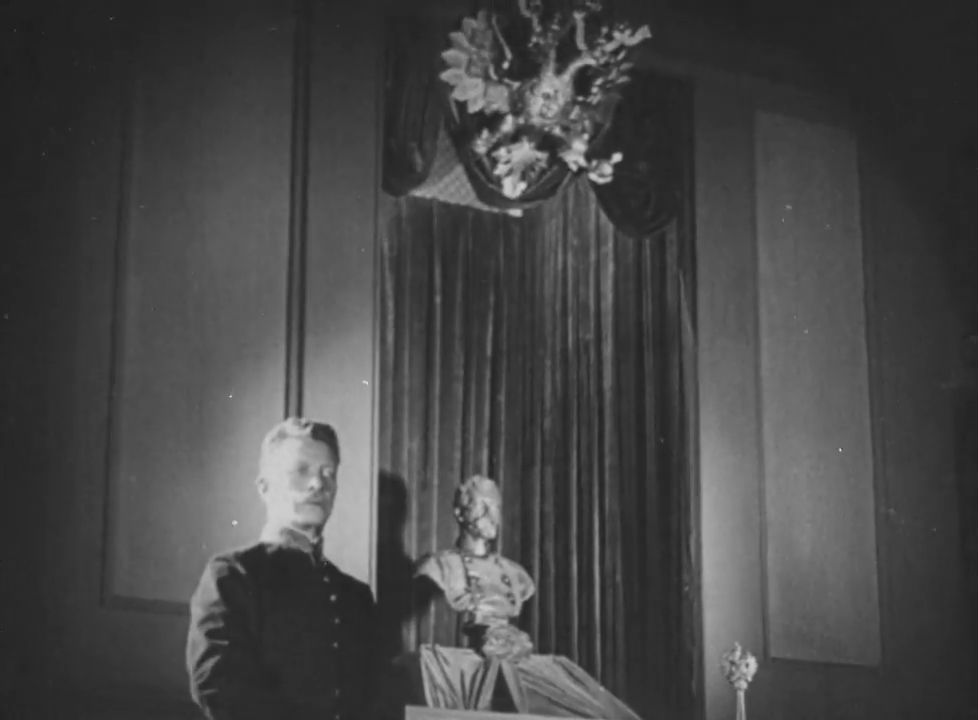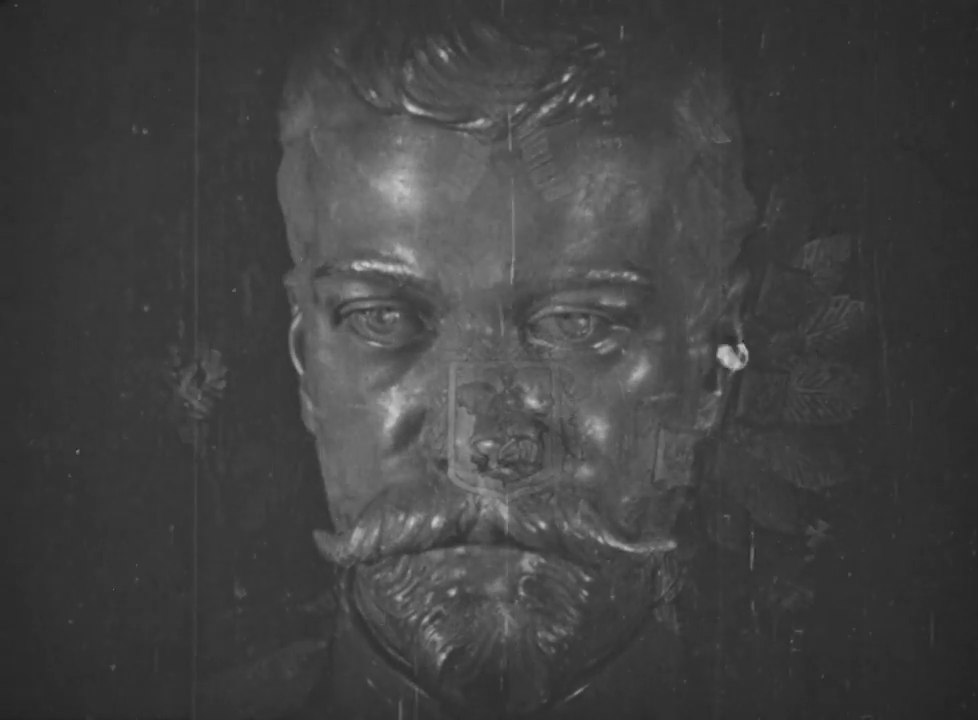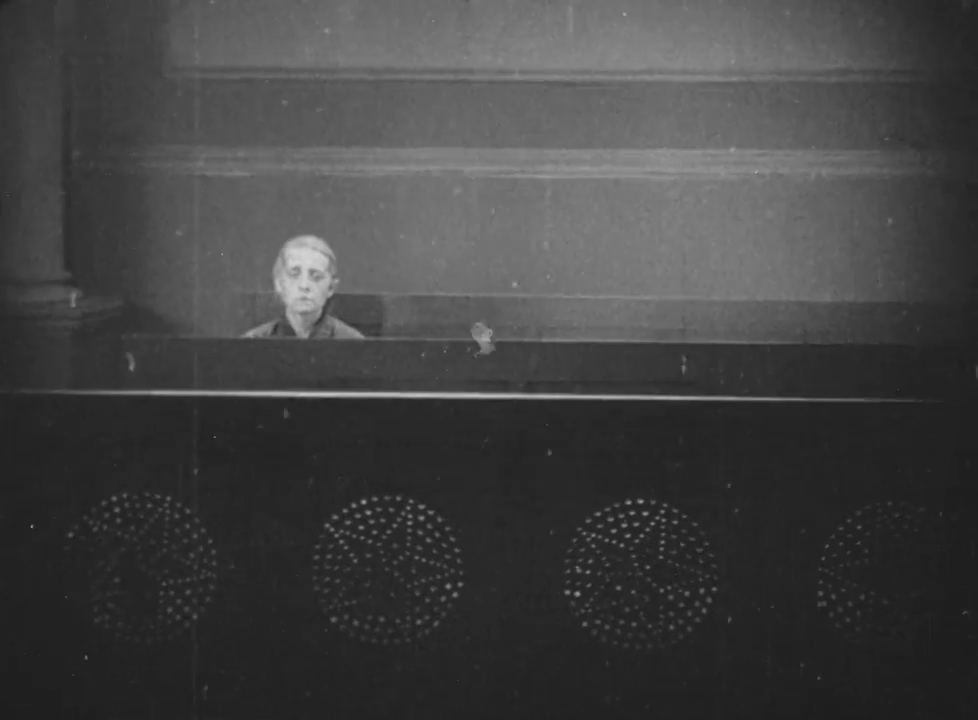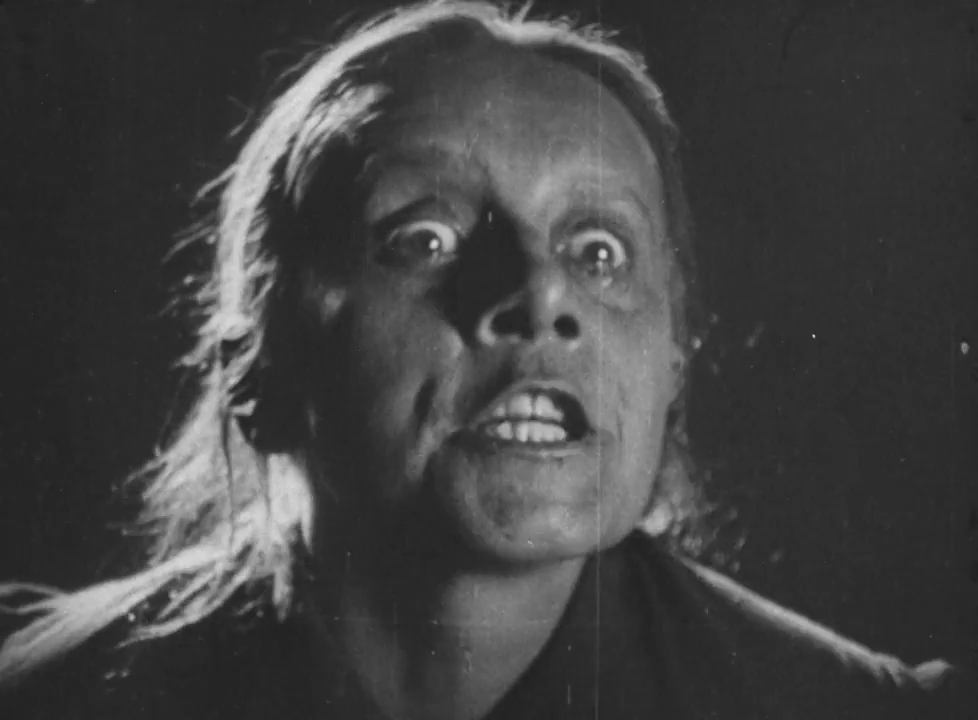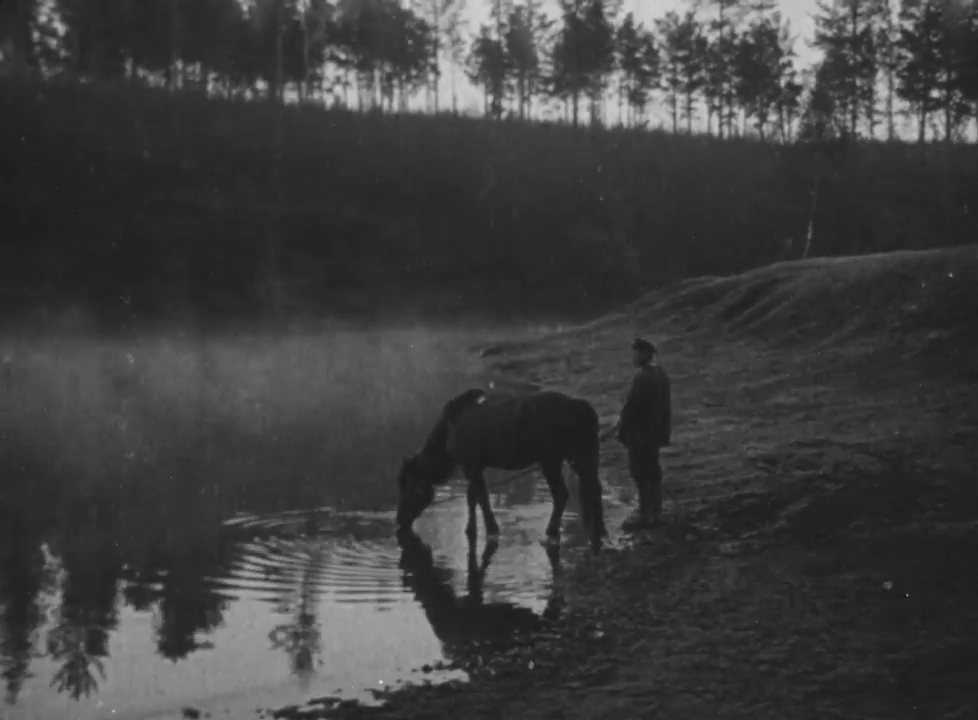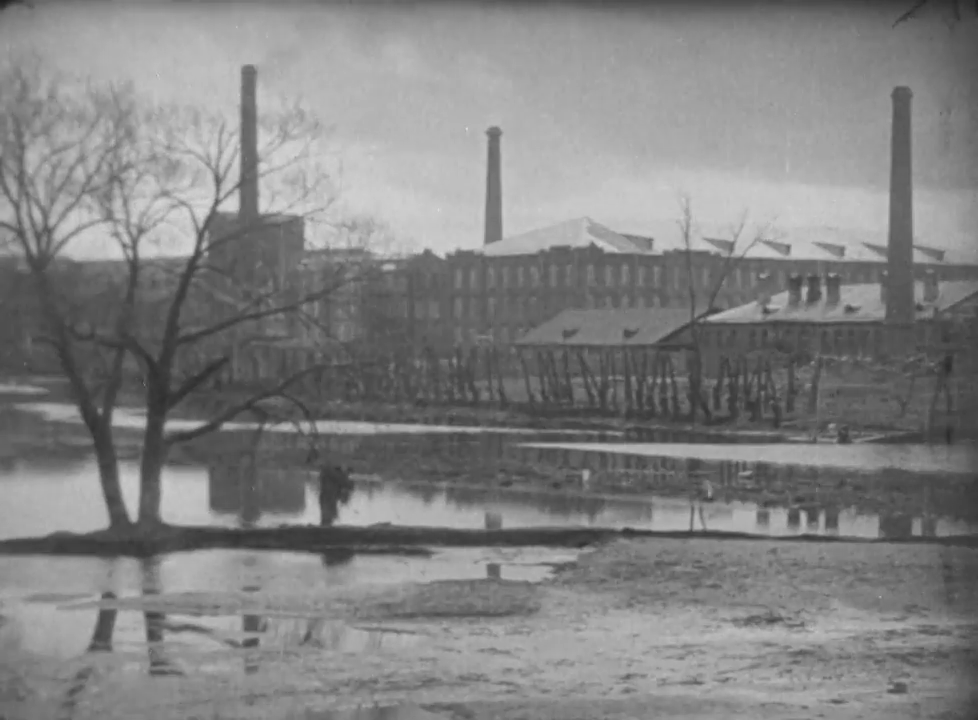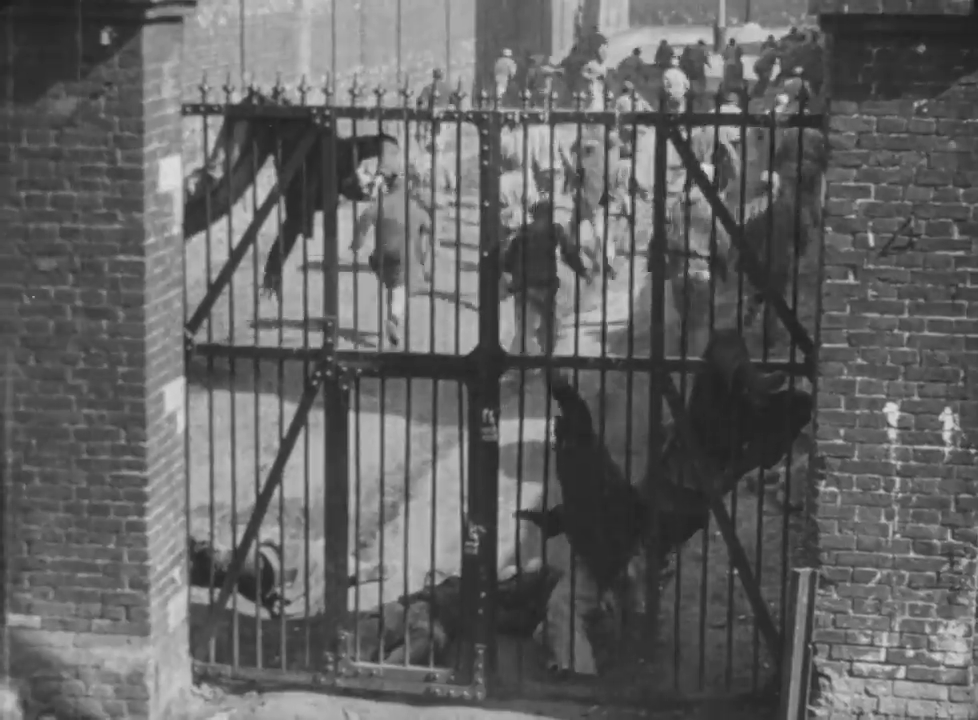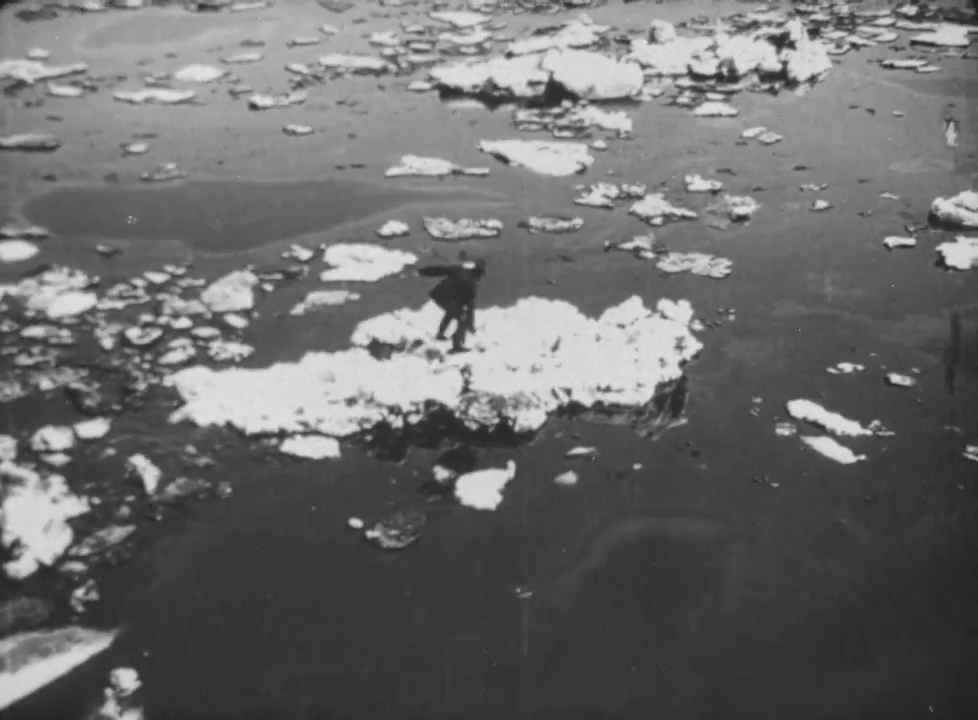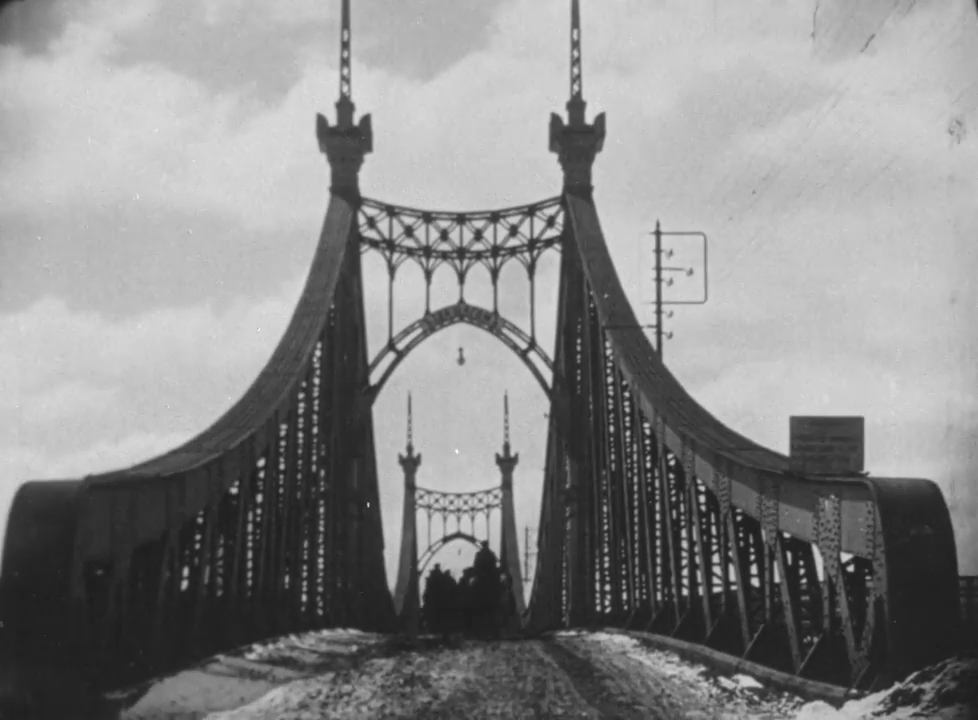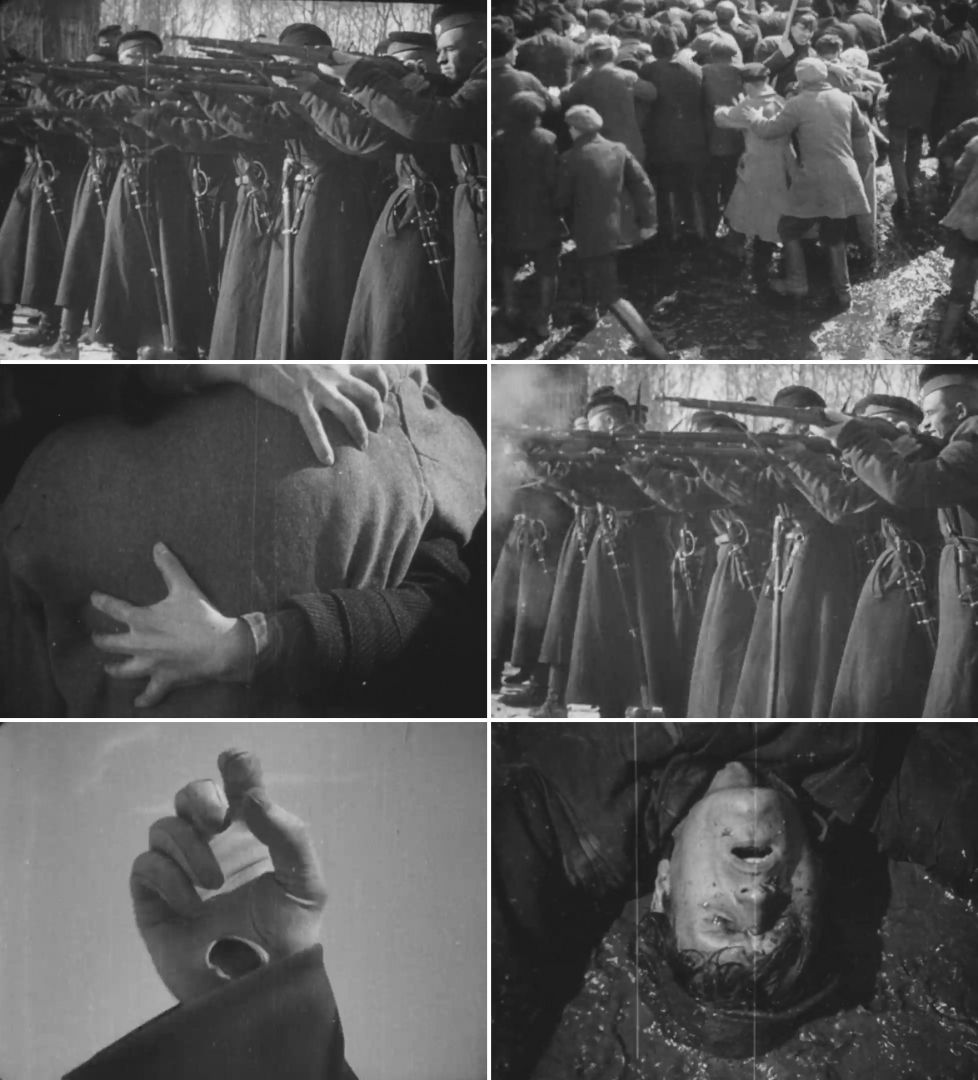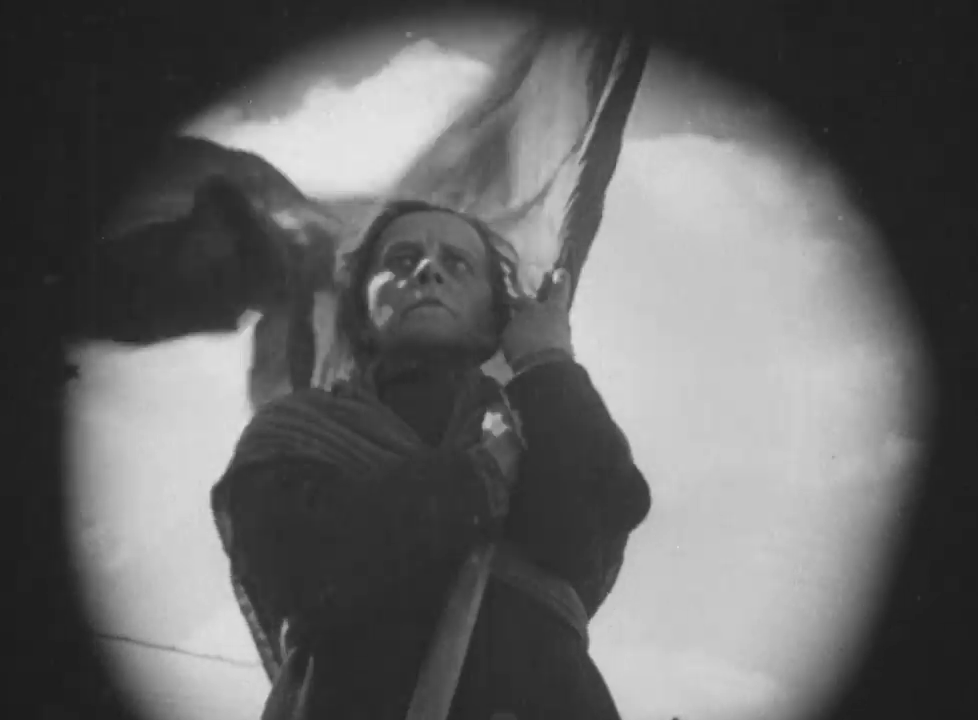Films from the last 10 years have not been included on this list, and will be eligible in future updates when the moratorium has passed.
| Film | Editor | Year |
| 1. Battleship Potemkin | Sergei Eisenstein, Grigori Aleksandrov | 1925 |
| 2. Raging Bull | Thelma Schoonmaker | 1980 |
| 3. The Good, the Bad and the Ugly | Nino Baragli, Eugenio Alabiso | 1966 |
| 4. Intolerance | D.W. Griffith, James Smith, Rose Smith | 1916 |
| 5. The Passion of Joan of Arc | Marguerite Beaugé, Carl Theodor Dreyer | 1928 |
| 6. JFK | Joe Hutshing, Pietro Scalia | 1991 |
| 7. Breathless | Cécile Decugis | 1960 |
| 8. Apocalypse Now | Richard Marks, Walter Murch, Gerald B. Greenberg, Lisa Fruchtman | 1979 |
| 9. Tokyo Story | Yoshiyasu Hamamura | 1953 |
| 10. Psycho | George Tomasini | 1960 |
| 11. The Wild Bunch | Lou Lombardo | 1969 |
| 12. Once Upon a Time in the West | Nino Baragli | 1968 |
| 13. Strike | Sergei Eisenstein | 1925 |
| 14. The Birth of a Nation | D.W. Griffith, James Smith, Rose Smith | 1915 |
| 15. Rashomon | Akira Kurosawa | 1950 |
| 16. The Godfather Part II | Peter Zinner, Barry Malkin, Richard Marks | 1974 |
| 17. The French Connection | Gerald B. Greenberg | 1971 |
| 18. Seven Samurai | Akira Kurosawa | 1954 |
| 19. Citizen Kane | Robert Wise | 1941 |
| 20. Requiem for a Dream | Jay Rabinowitz | 2000 |
| 21. Jules and Jim | Claudine Bouché | 1962 |
| 22. The Godfather | William Reynolds, Peter Zinner | 1972 |
| 23. Whiplash | Tom Cross | 2014 |
| 24. 2001: A Space Odyssey | Ray Lovejoy | 1968 |
| 25. Performance | Antony Gibbs, Brian Smedley-Aston, Frank Mazzola | 1970 |
| 26. Moulin Rouge | Jill Bilcock | 2001 |
| 27. Don’t Look Now | Graeme Clifford | 1973 |
| 28. Napoleon | Marguerite Beaugé | 1927 |
| 29. Inception | Lee Smith | 2010 |
| 30. October | Sergei Eisenstein | 1928 |
| 31. Lawrence of Arabia | Anne V. Coates | 1962 |
| 32. Chungking Express | William Chang, Kai Kit-wai, Kwong Chi-Leung | 1994 |
| 33. Rear Window | George Tomasini | 1954 |
| 34. Jaws | Verna Fields | 1975 |
| 35. Once Upon a Time in America | Nino Baragli | 1984 |
| 36. Stagecoach | Otho Lovering, Dorothy Spencer | 1939 |
| 37. Pulp Fiction | Sally Menke | 1994 |
| 38. Goodfellas | Thelma Schoonmaker | 1990 |
| 39. Run Lola Run | Mathilde Bonnefoy | 1998 |
| 40. Persona | Ulla Ryghe | 1966 |
| 41. Distant Voices, Still Lives | William Diver | 1988 |
| 42. Mad Max: Fury Road | Margaret Sixel | 2015 |
| 43. Taxi Driver | Marcia Lucas, Tom Rolf, Melvin Shapiro | 1976 |
| 44. Pierrot Le Fou | Françoise Collin | 1965 |
| 45. The Tree of Life | Hank Corwin, Jay Rabinowitz, Daniel Rezende, Billy Weber, Mark Yoshikawa | 2011 |
| 46. The Fountain | Jay Rabinowitz | 2006 |
| 47. The Matrix | Zach Staenberg | 1999 |
| 48. I Am Cuba | Nina Glagoleva | 1964 |
| 49. We Need to Talk About Kevin | Joe Bini | 2011 |
| 50. Trainspotting | Masahiro Hirakubo | 1996 |
| 51. The Thin Red Line | Billy Weber, Leslie Jones, Saar Klein | 1998 |
| 52. Cabaret | David Bretherton | 1972 |
| 53. Bonnie and Clyde | Dede Allen | 1967 |
| 54. The End of Summer | Koichi Iwashita | 1961 |
| 55. 8 1/2 | Leo Catozzo | 1963 |
| 56. Vertigo | George Tomasini | 1958 |
| 57. Early Summer | Yoshiyasu Hamamura | 1951 |
| 58. In the Mood for Love | William Chang | 2000 |
| 59. Do the Right Thing | Barry Alexander Brown | 1989 |
| 60. Manhattan | Susan E. Morse | 1979 |
| 61. Enter the Void | Gaspar Noé, Marc Boucrot, Jérôme Pesnel | 2009 |
| 62. Last Year at Marienbad | Henri Colpi, Jasmine Chasney | 1961 |
| 63. The New World | Richard Chew, Hank Corwin, Saar Klein, Mark Yoshikawa | 2005 |
| 64. Days of Heaven | Billy Weber | 1978 |
| 65. Raiders of the Lost Ark | Michael Kahn | 1981 |
| 66. Midnight Cowboy | Hugh A. Robertson | 1969 |
| 67. La Roue | Marguerite Beaugé | 1923 |
| 68. Lenny | Alan Heim | 1974 |
| 69. The Man Who Fell to Earth | Graeme Clifford | 1976 |
| 70. Reservoir Dogs | Sally Menke | 1992 |
| 71. Late Spring | Yoshiyasu Hamamura | 1949 |
| 72. Annie Hall | Ralph Rosenblum, Wendy Greene Bricmont | 1977 |
| 73. Shame | Joe Walker | 2011 |
| 74. Millennium Actress | Satoshi Terauchi | 2001 |
| 75. Hot Fuzz | Chris Dickens | 2007 |
| 76. The Big Short | Hank Corwin | 2015 |
| 77. The Grandmaster | William Chang | 2013 |
| 78. Saving Private Ryan | Michael Kahn | 1998 |
| 79. Mulholland Drive | Mary Sweeney | 2001 |
| 80. The Conversation | Walter Murch, Richard Chew | 1974 |
| 81. A Fistful of Dollars | Roberto Cinquini | 1964 |
| 82. Easy Rider | Donn Cambern | 1969 |
| 83. There Will Be Blood | Dylan Tichenor | 2007 |
| 84. The Master | Peter McNulty, Leslie Jones | 2012 |
| 85. Mr Smith Goes to Washington | Gene Havlick, Al Clark | 1939 |
| 86. For a Few Dollars More | Eugenio Alabiso, Giorgio Serrallonga, Adriana Novelli | 1965 |
| 87. The Third Man | Oswald Hafenrichter | 1949 |
| 88. Blow Out | Paul Hirsch | 1981 |
| 89. Scott Pilgrim vs. the World | Jonathan Amos, Paul Machliss | 2010 |
| 90. Ran | Akira Kurosawa | 1985 |
| 91. Wings | E. Lloyd, Sheldon Lucien Hubbard | 1927 |
| 92. Alexander Nevsky | Sergei Eisenstein | 1938 |
| 93. North by Northwest | George Tomasini | 1959 |
| 94. Memento | Dody Dorn | 2000 |
| 95. Mother | Vsevolod Pudovkin | 1926 |
| 96. Juliet of the Spirits | Ruggero Mastroianni | 1965 |
| 97. Carrie | Paul Hirsch | 1976 |
| 98. Earth | Oleksandr Dovzhenko | 1930 |
| 99. The Lord of the Rings | John Gilbert, Michael J. Horton, Jamie Selkirk | 2001 |
| 100. Magnolia | Dylan Tichenor | 1999 |
